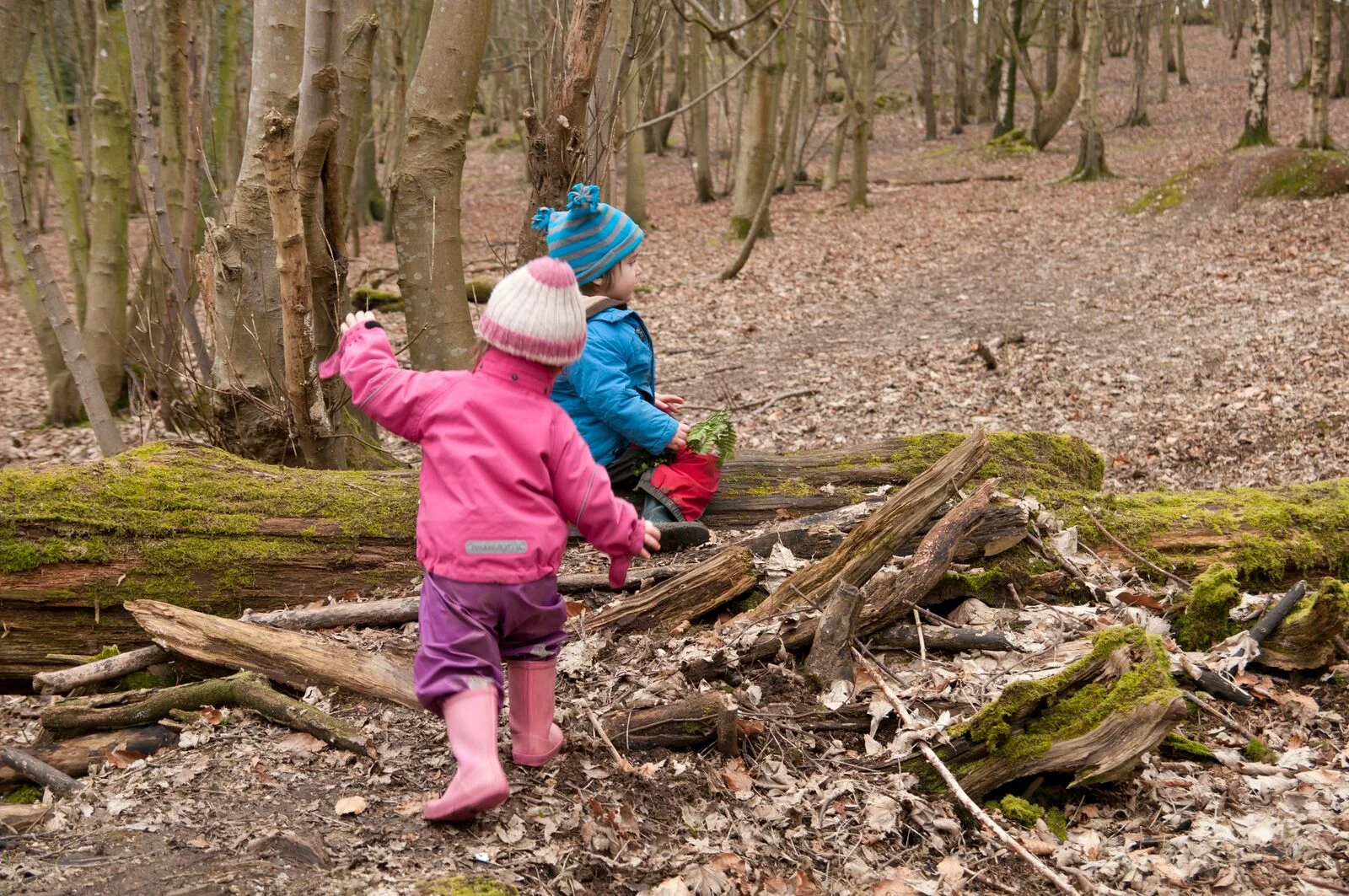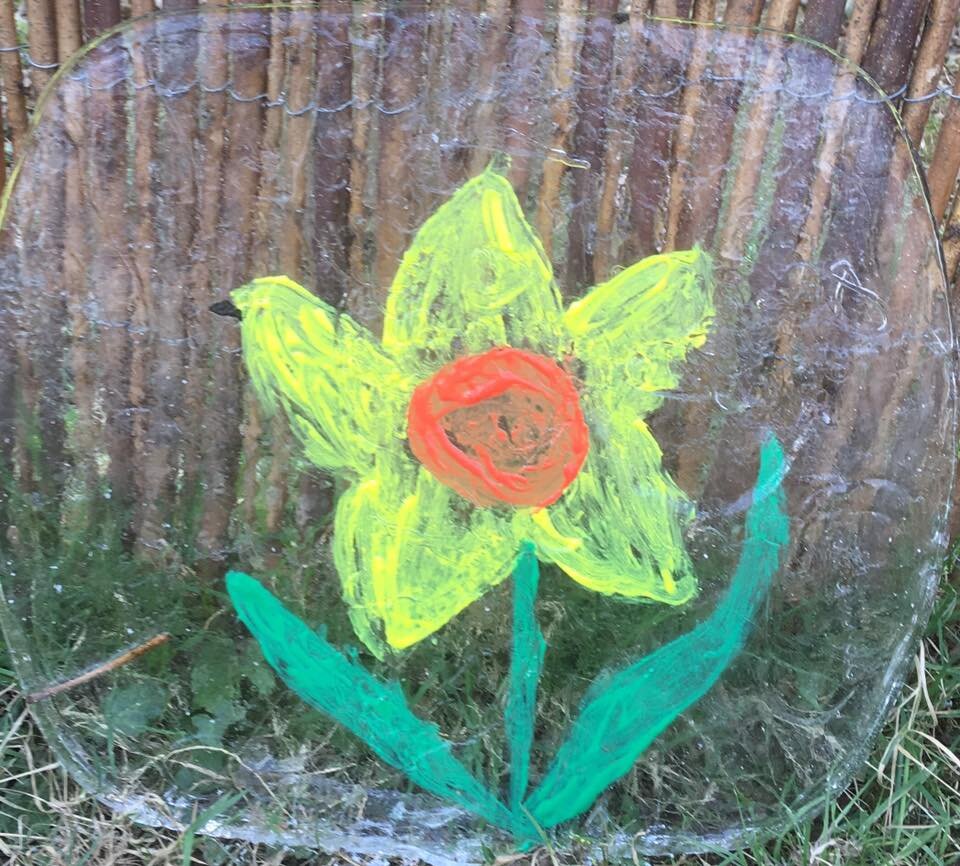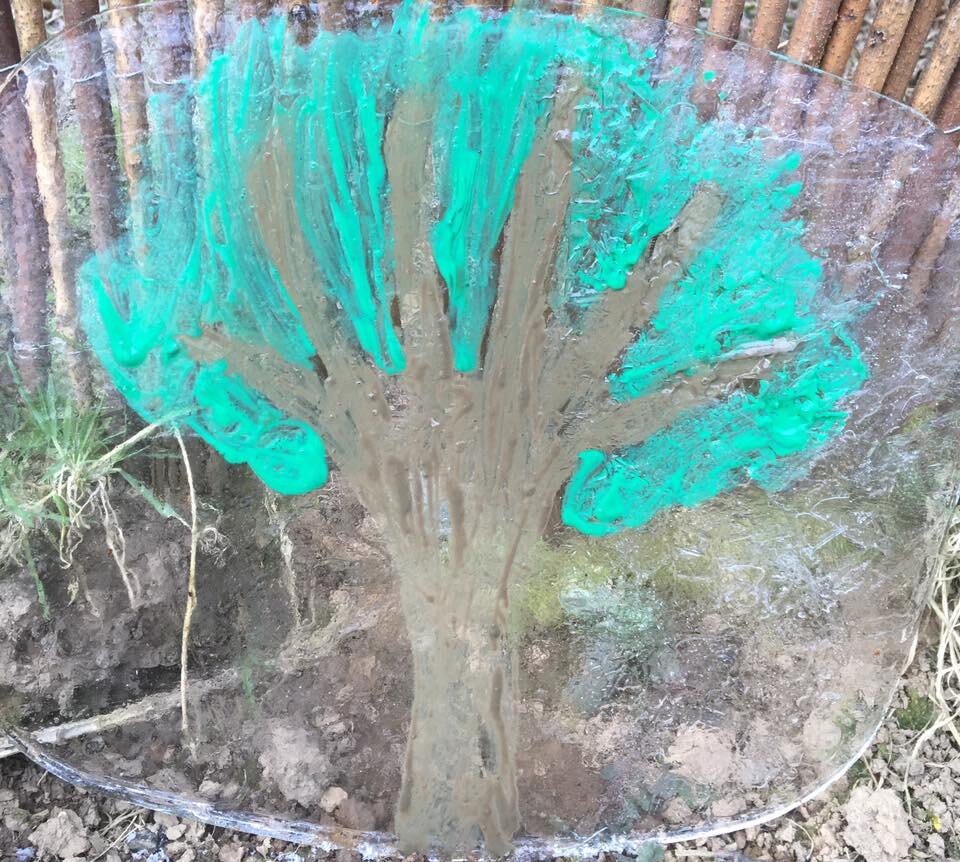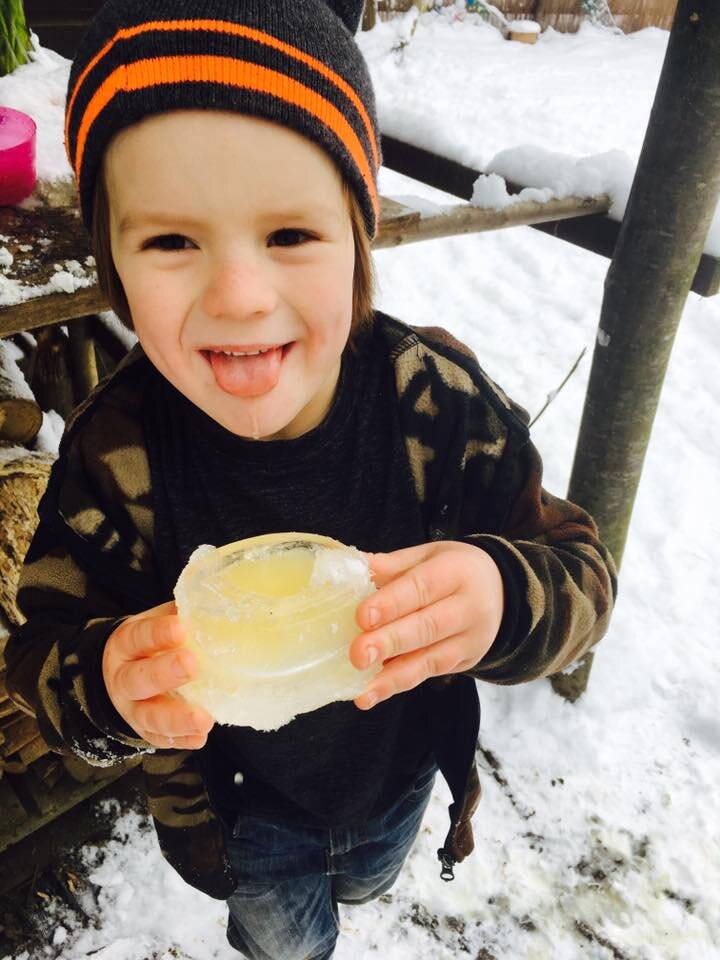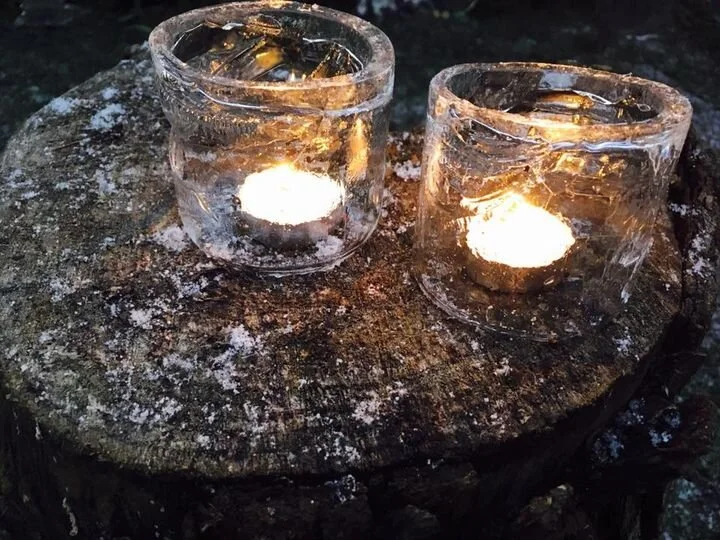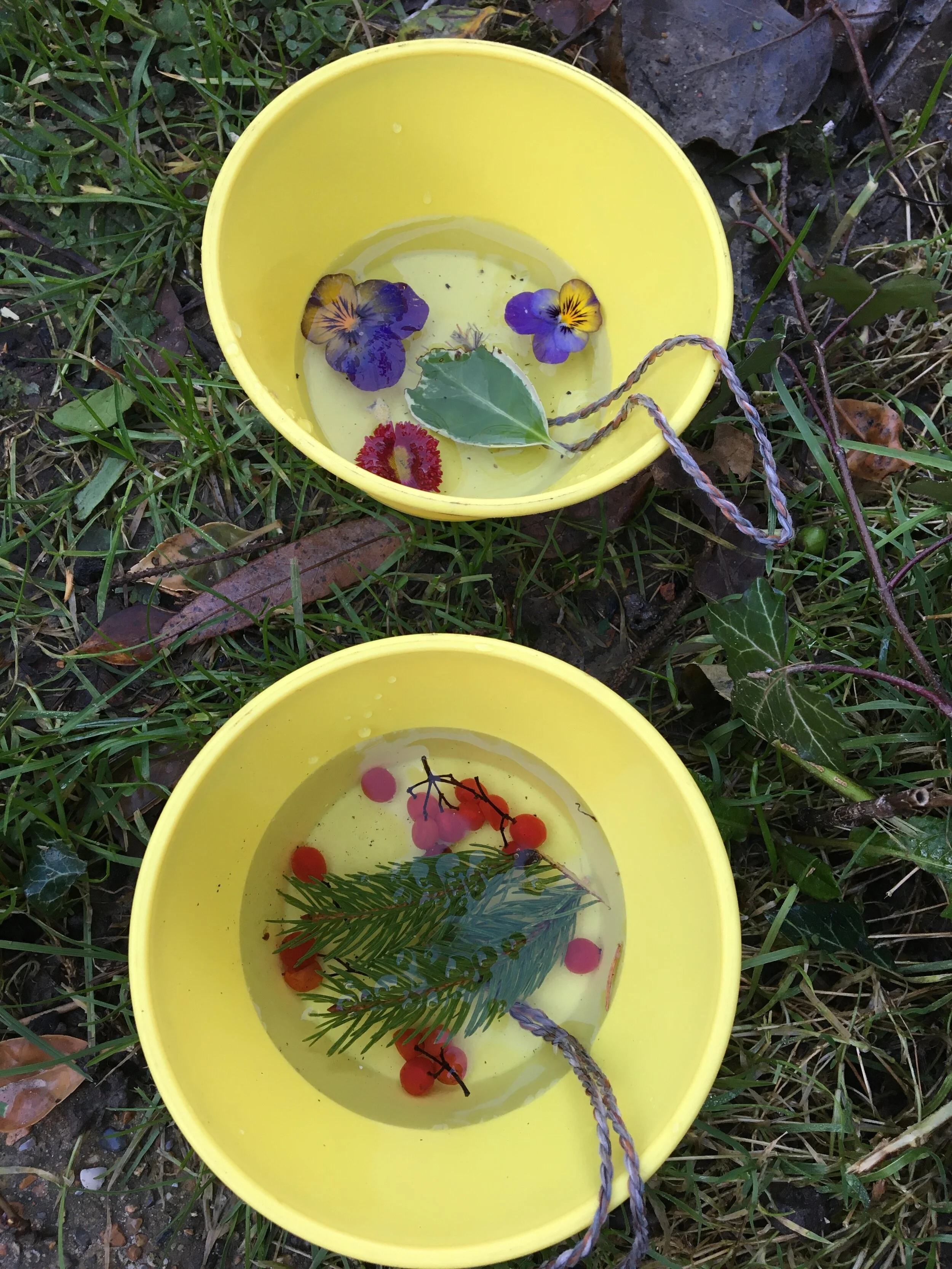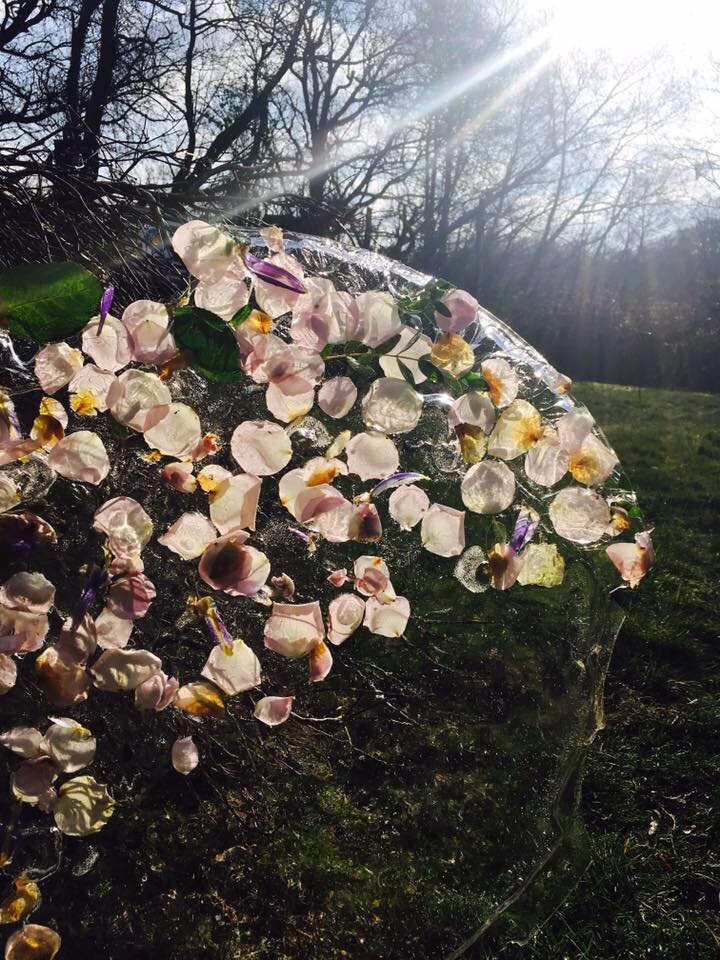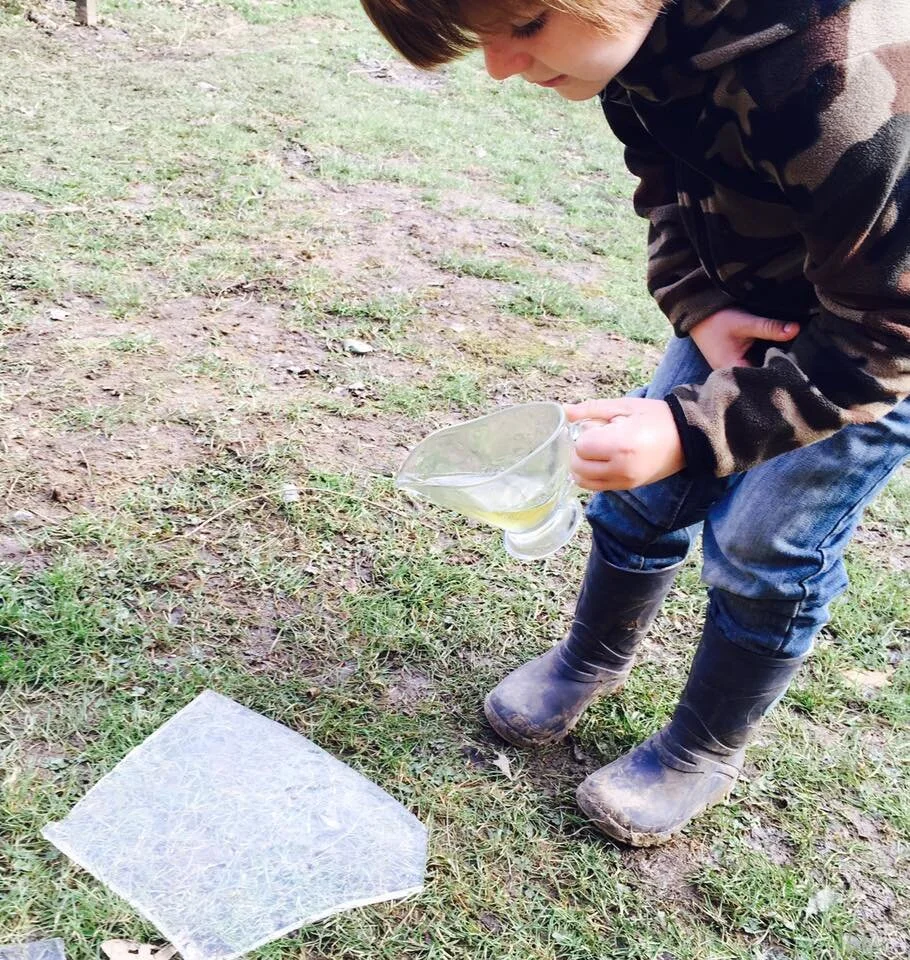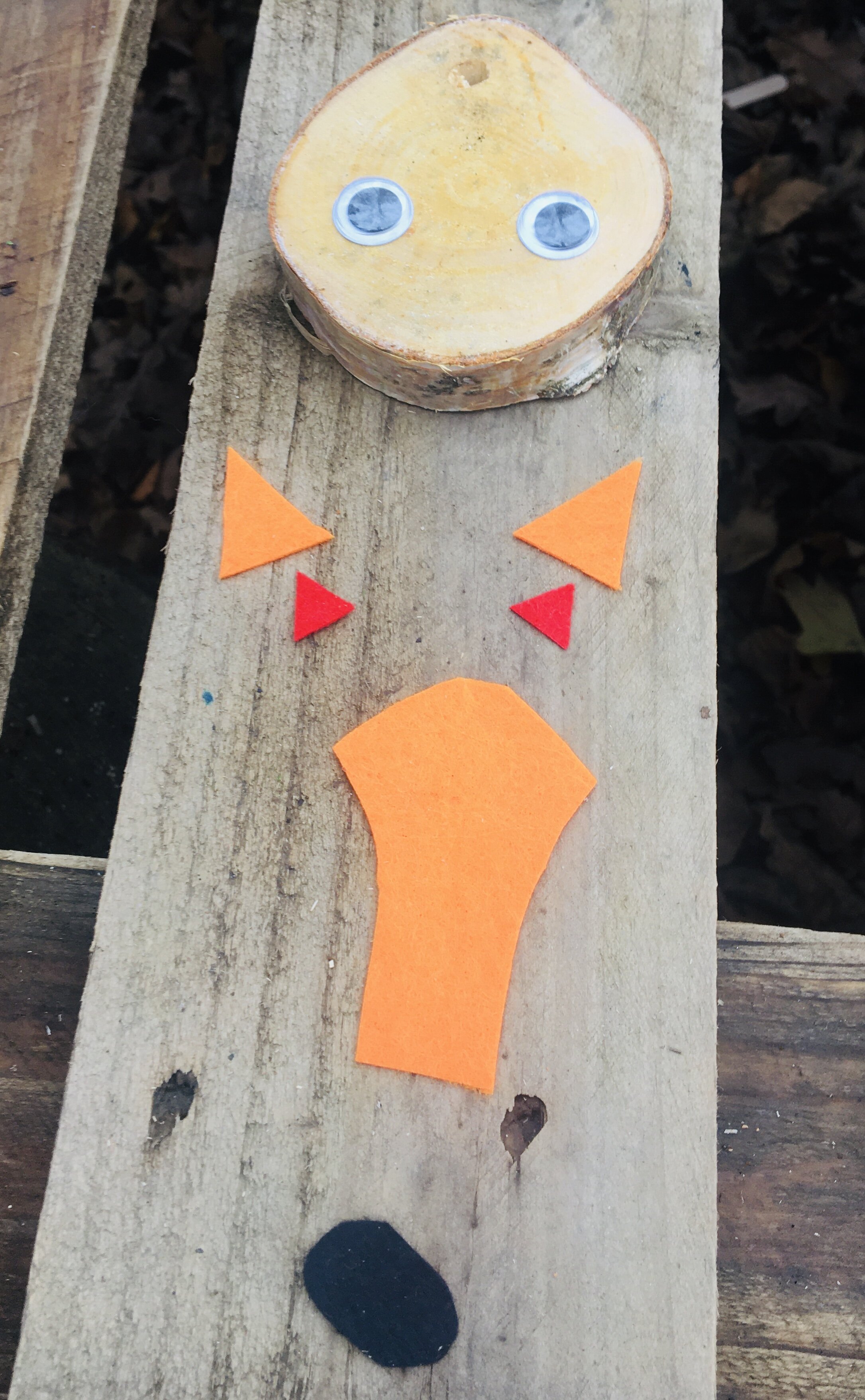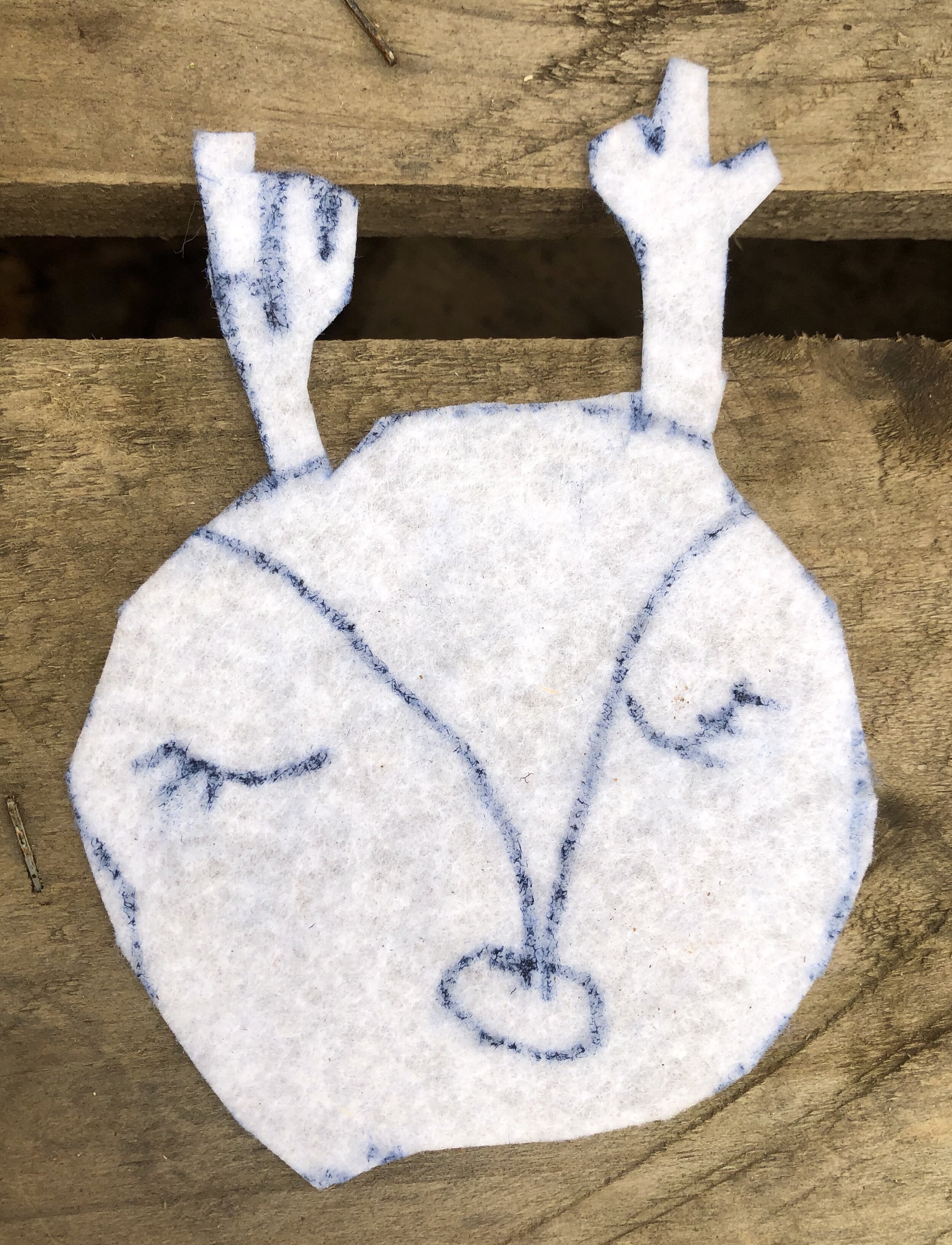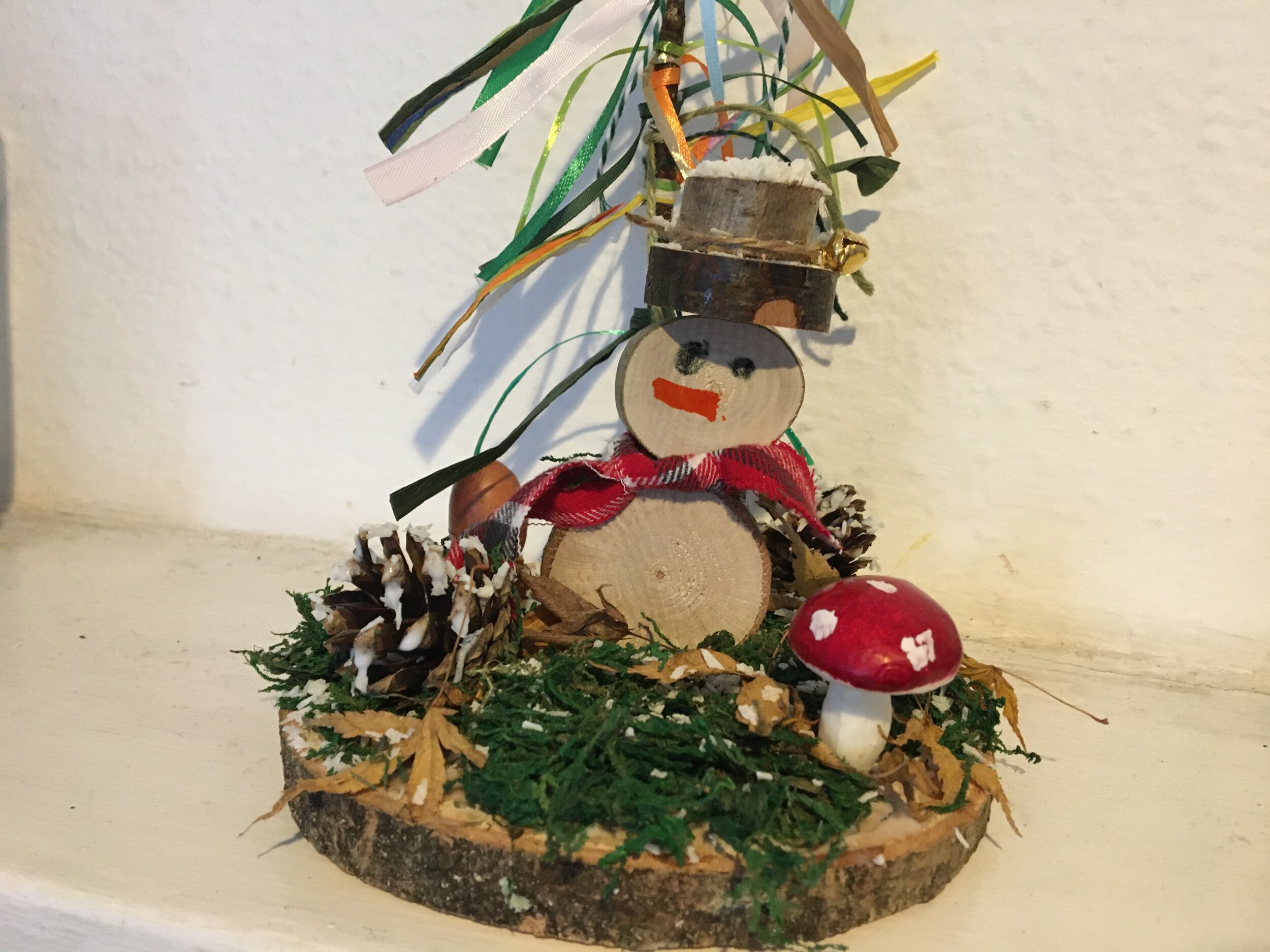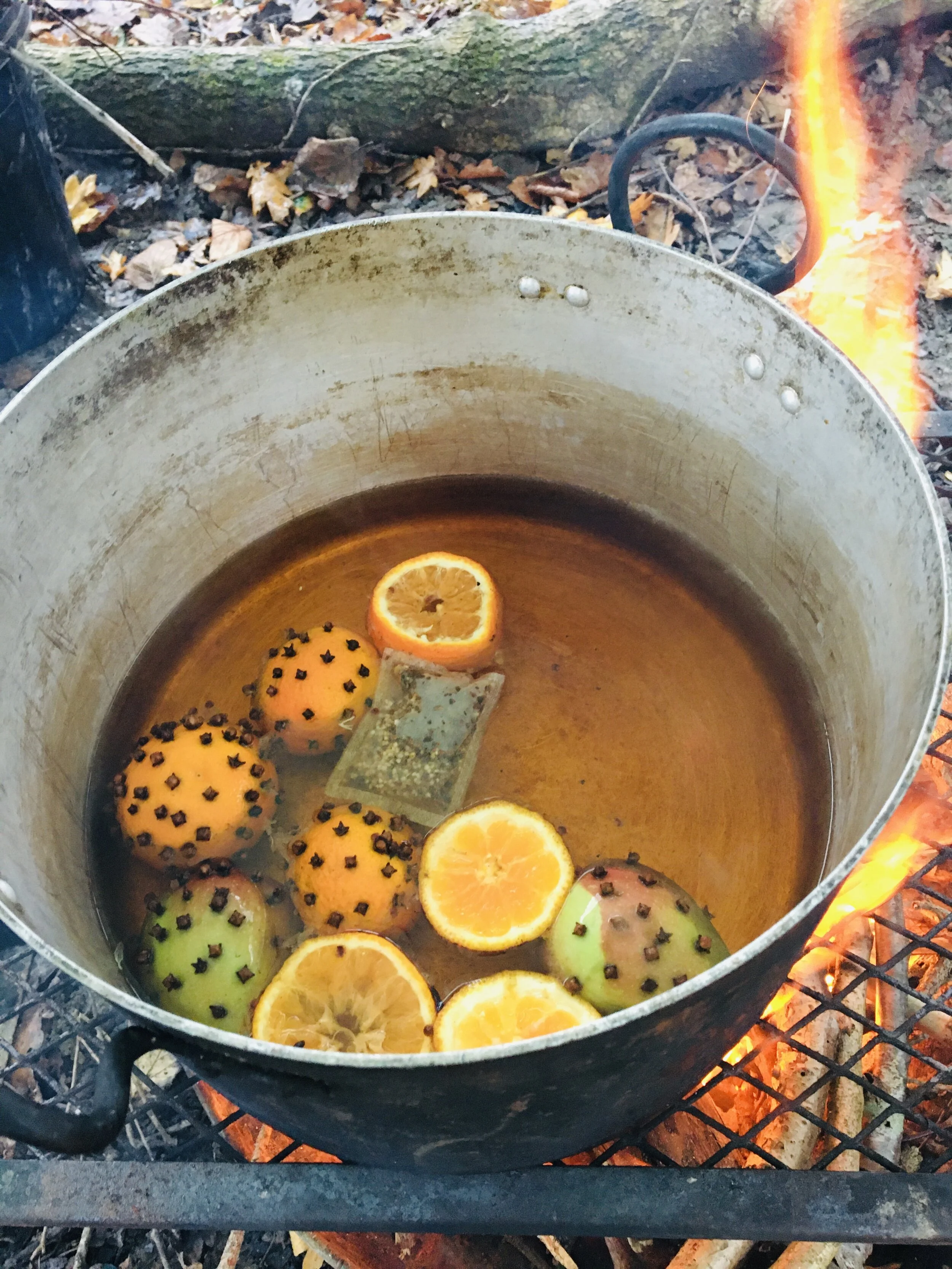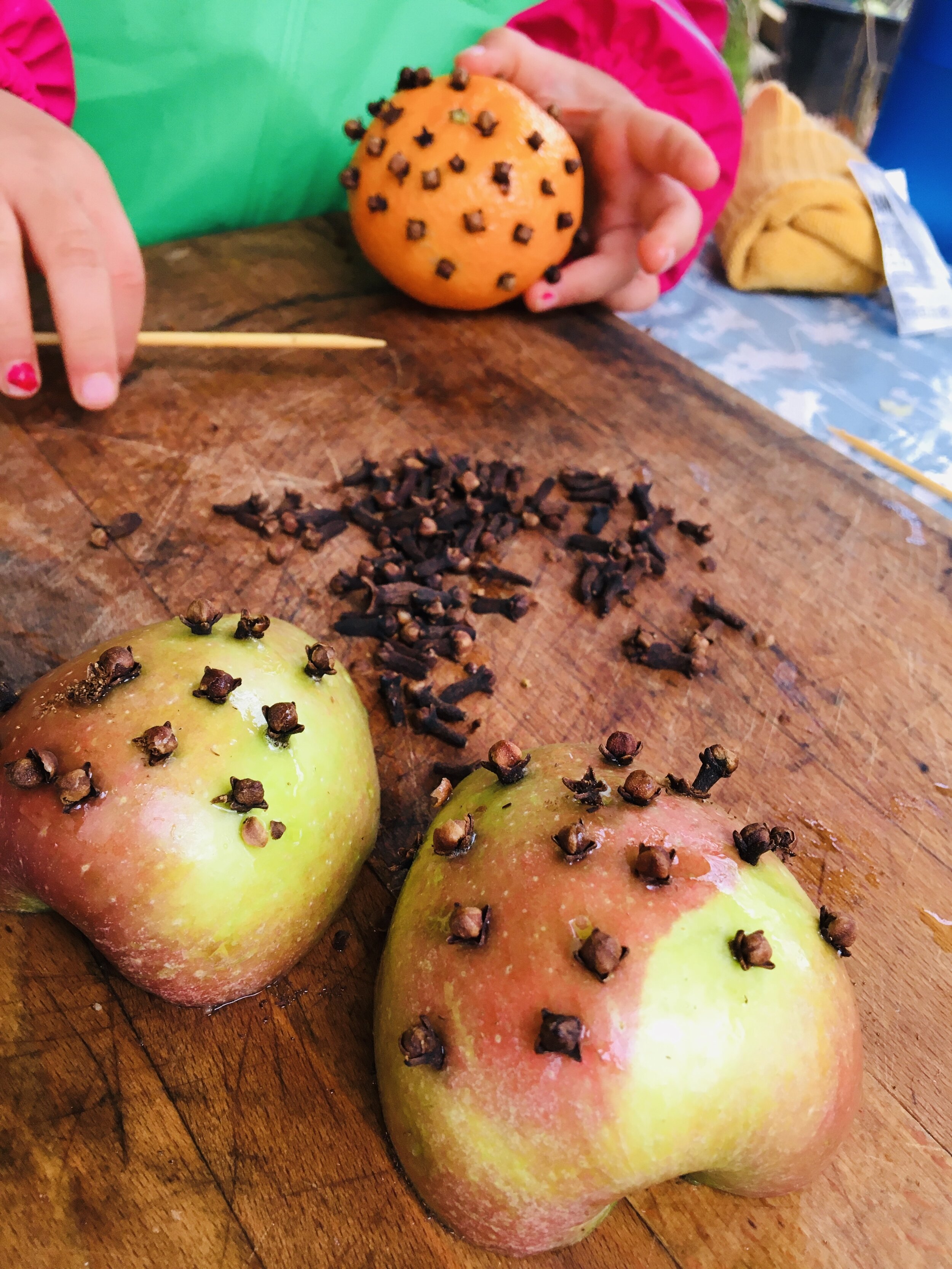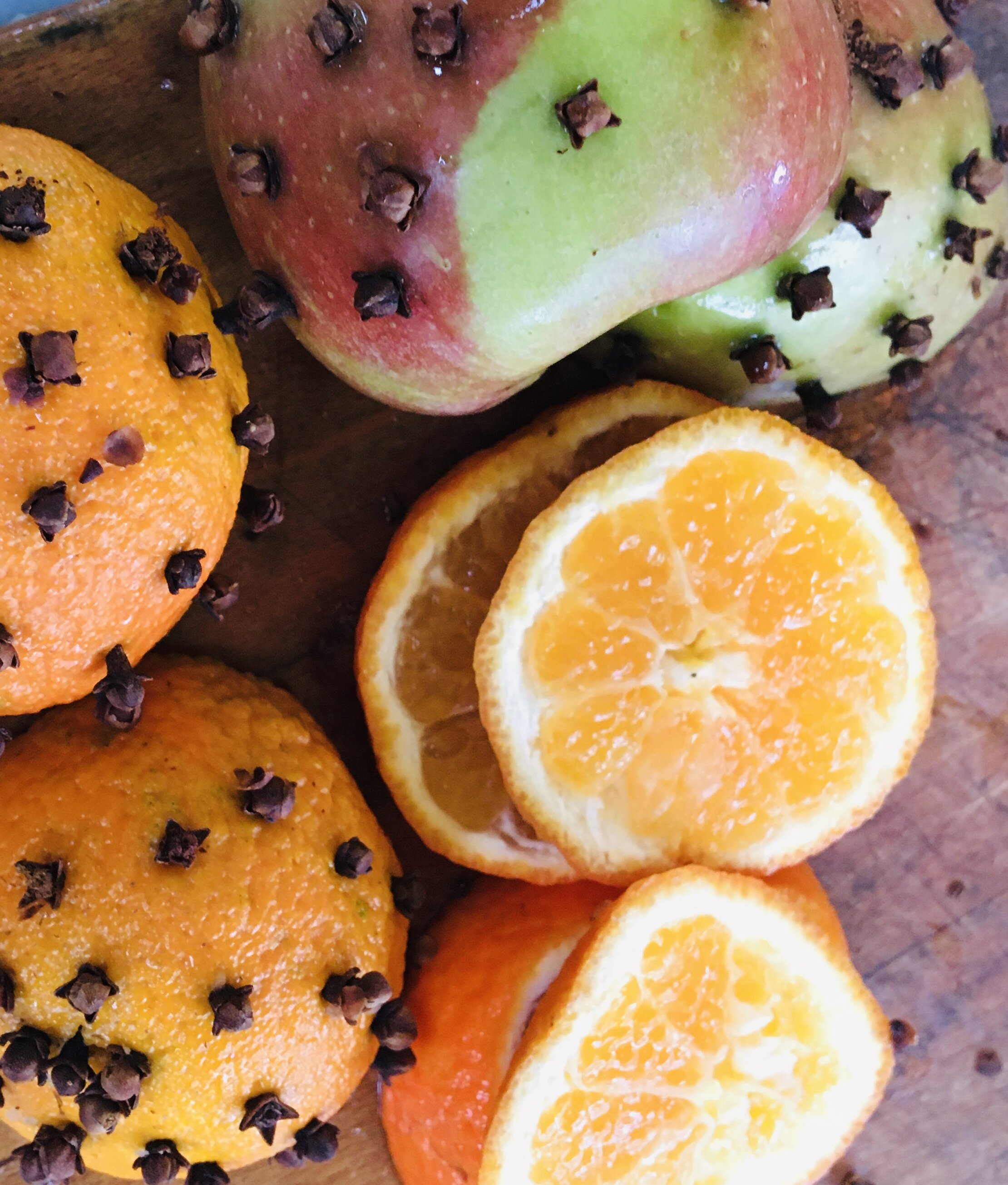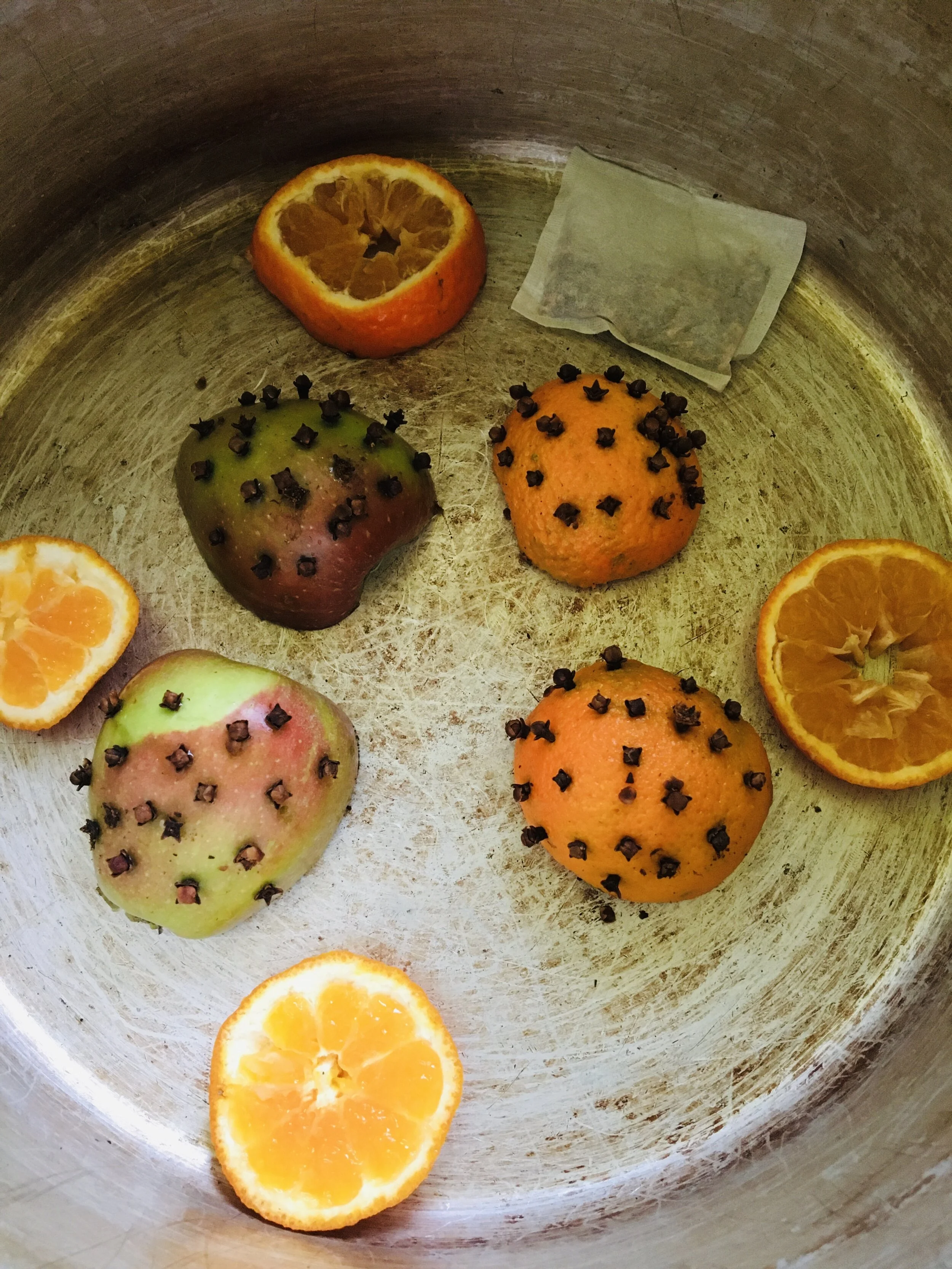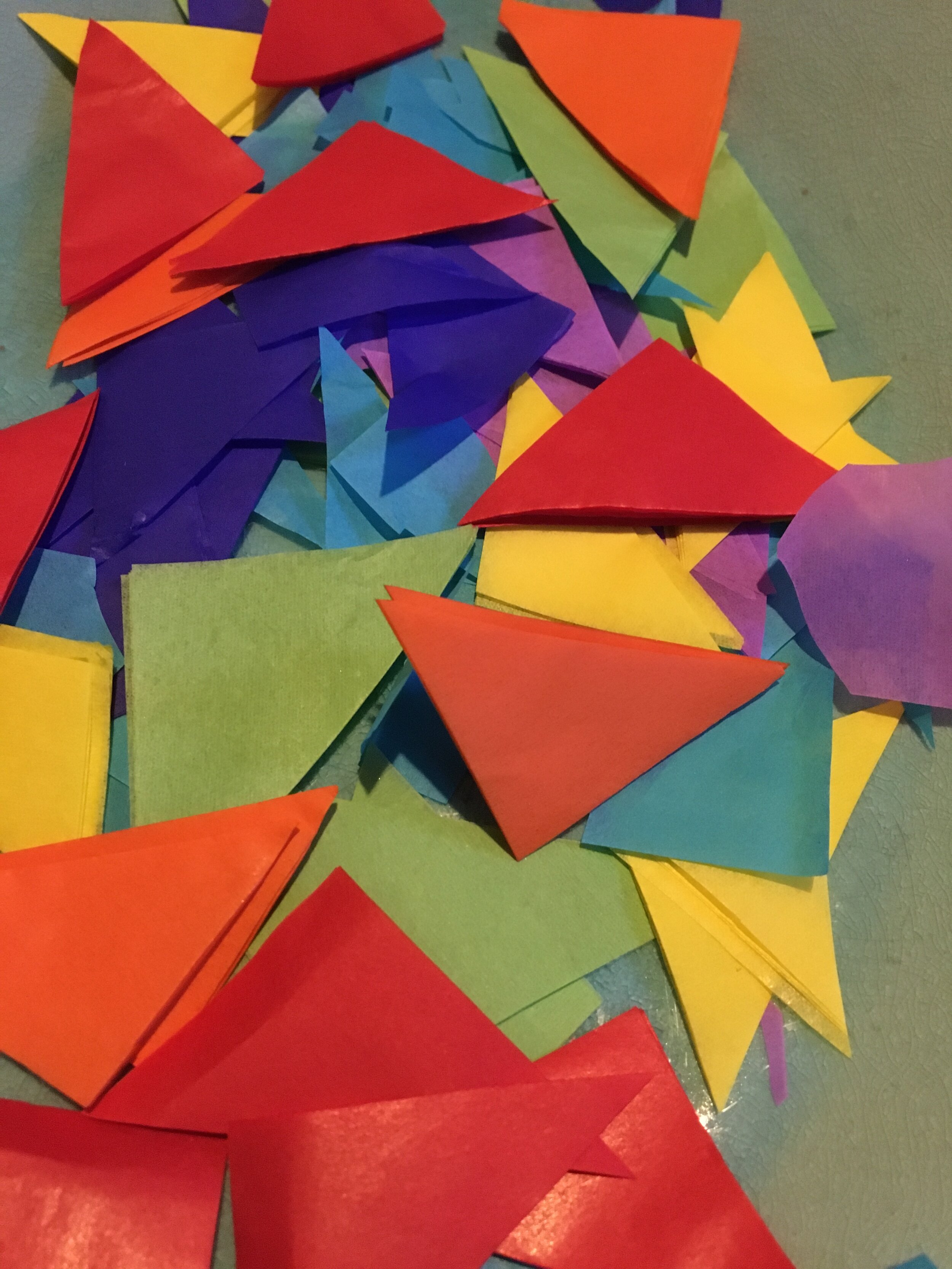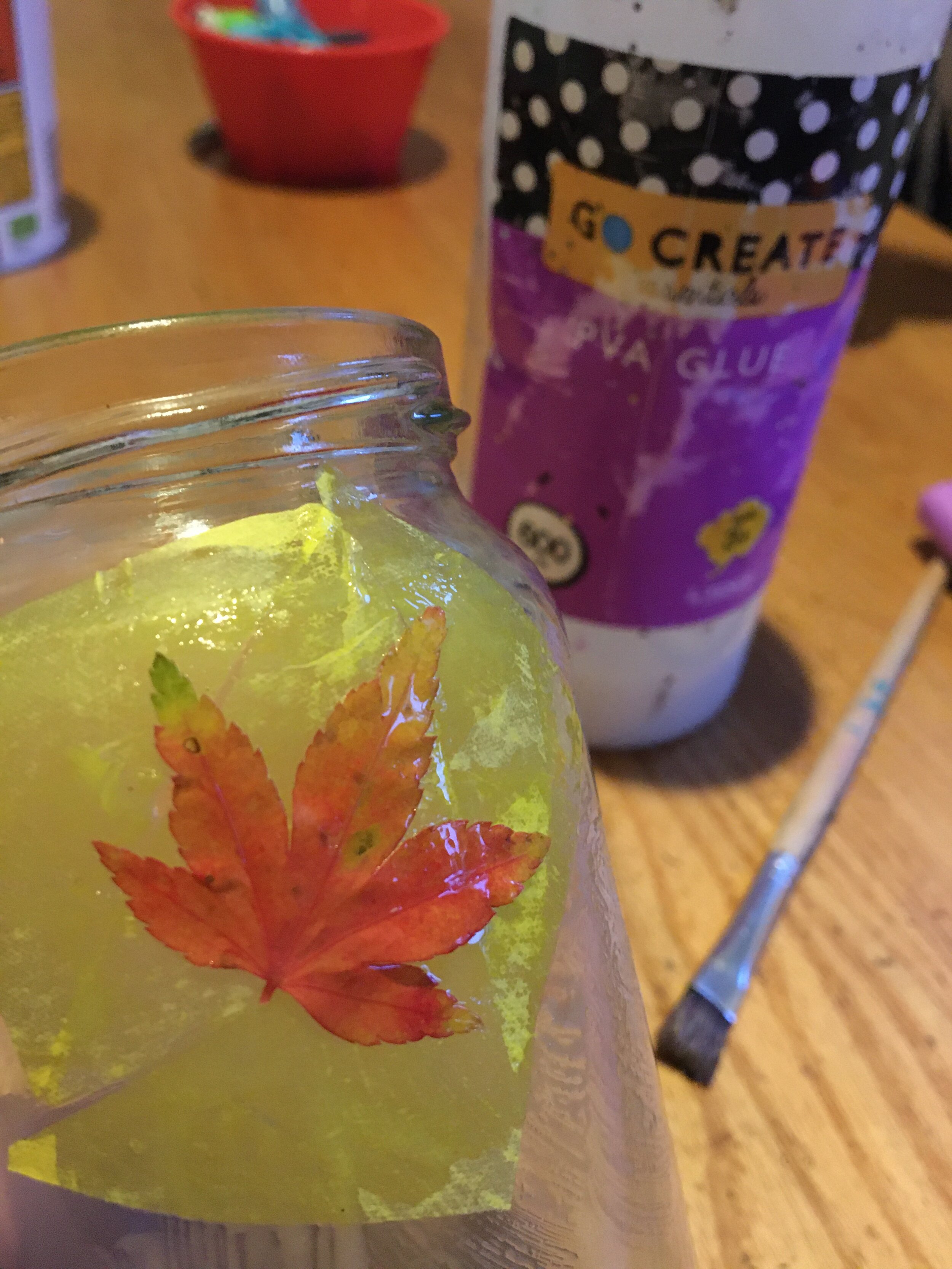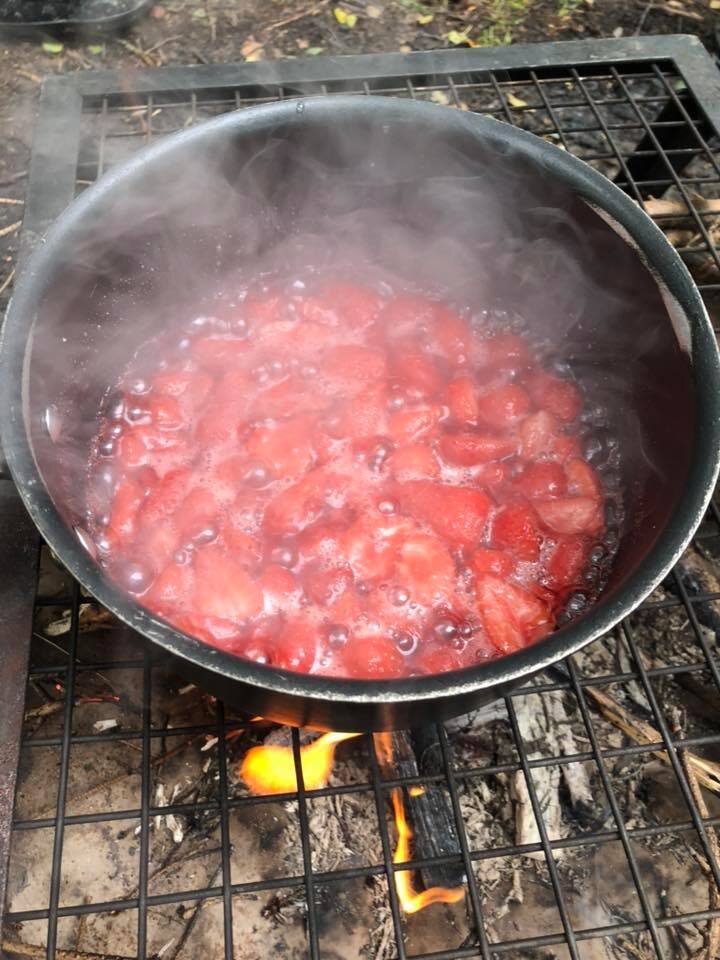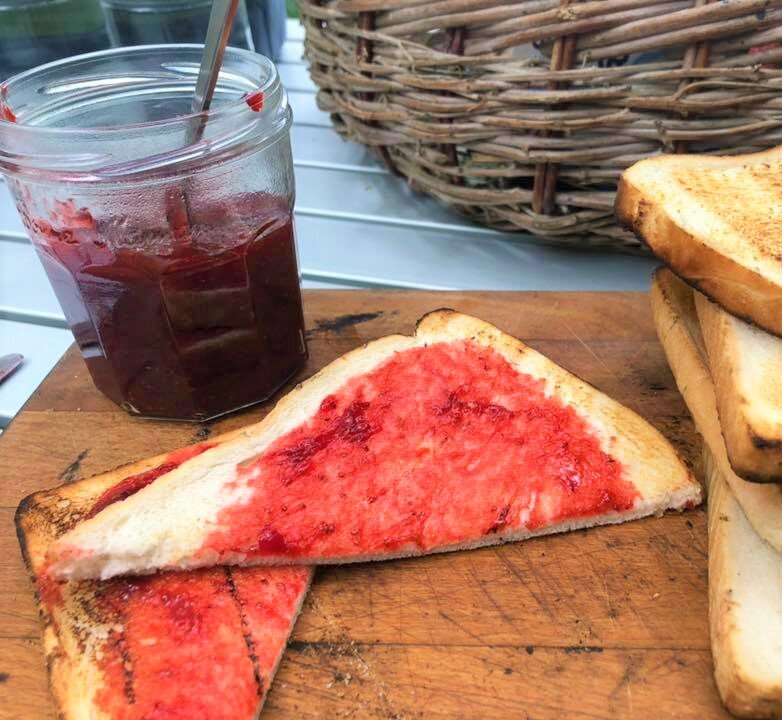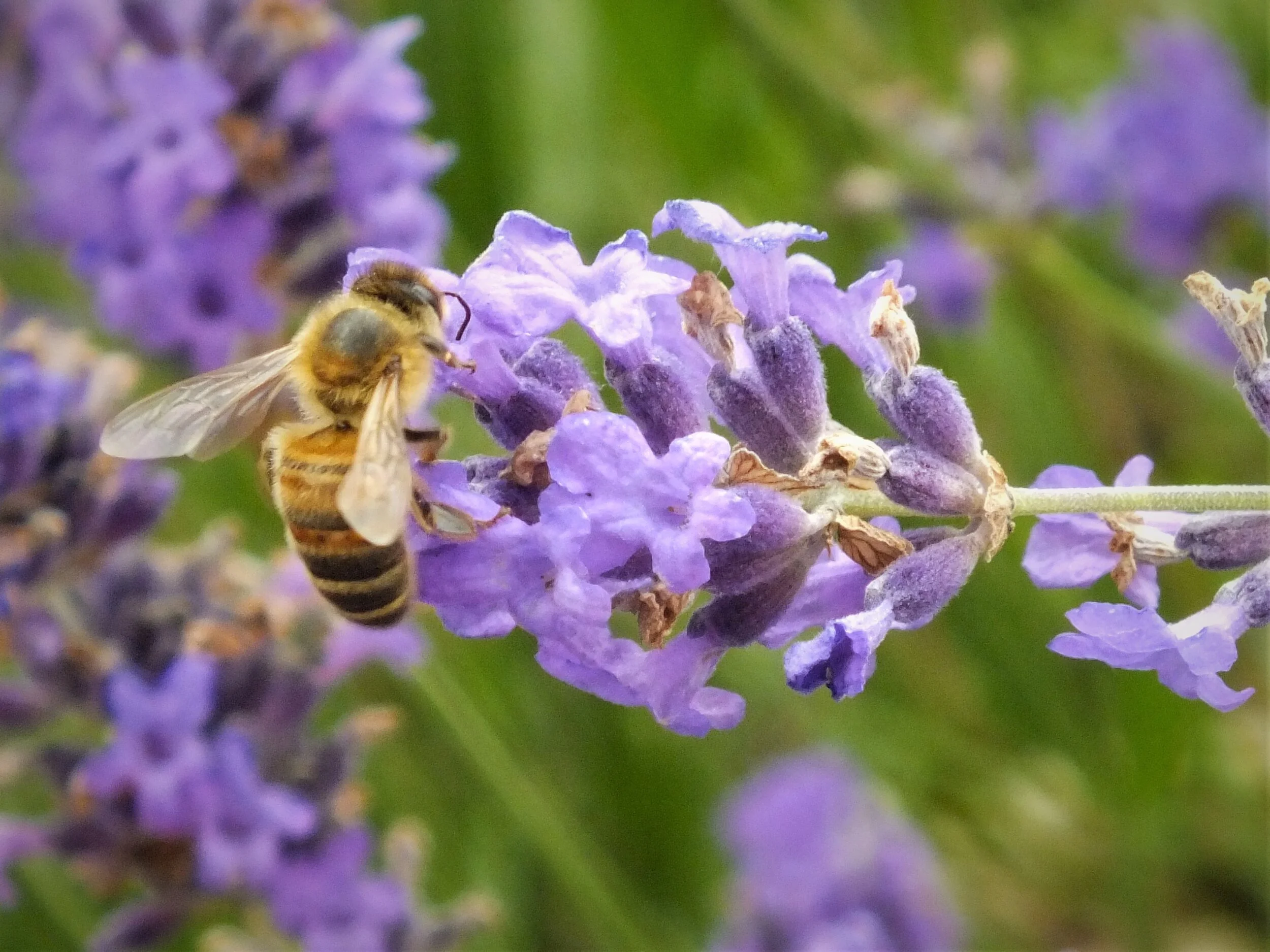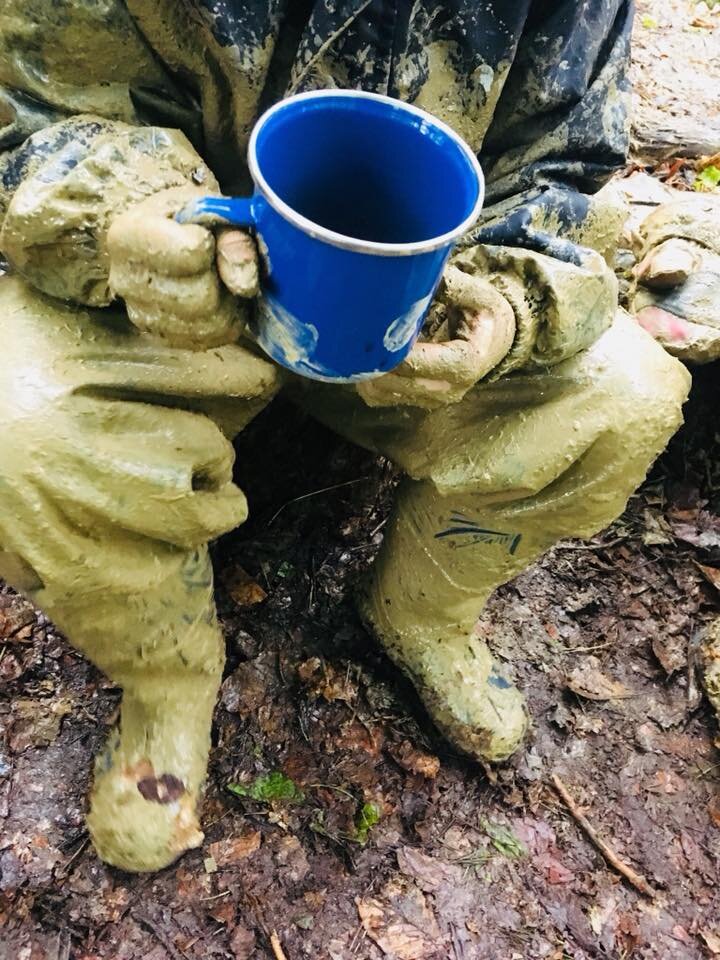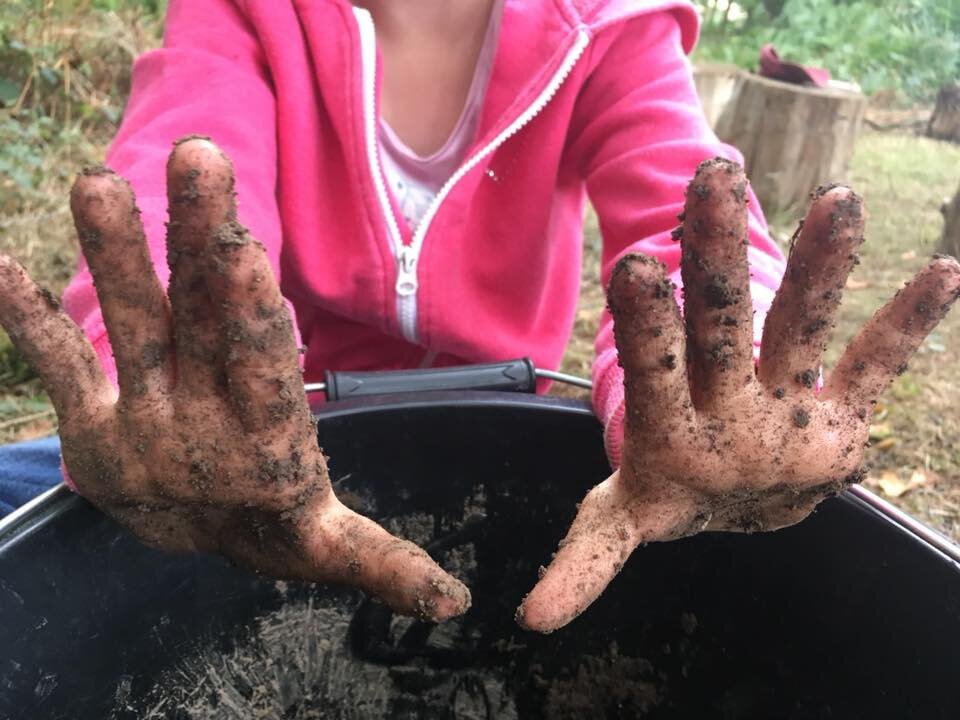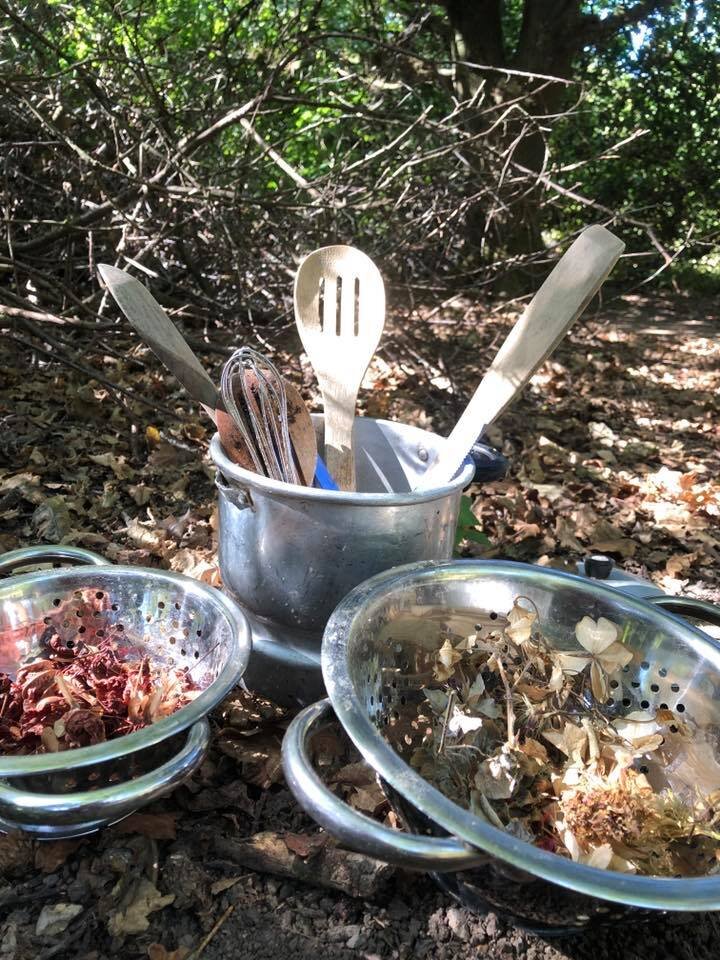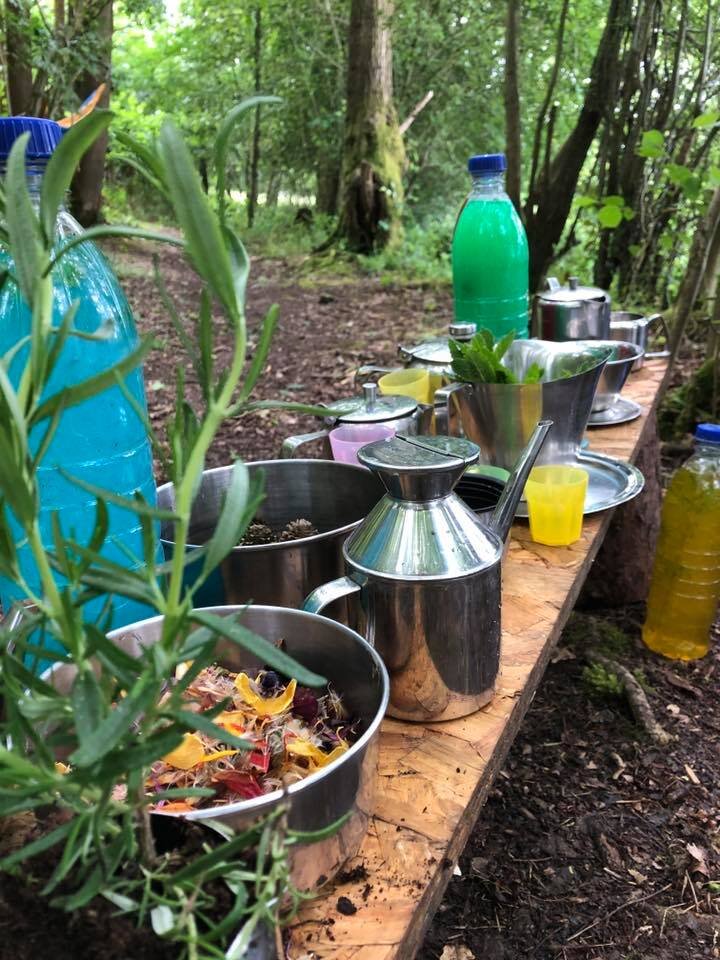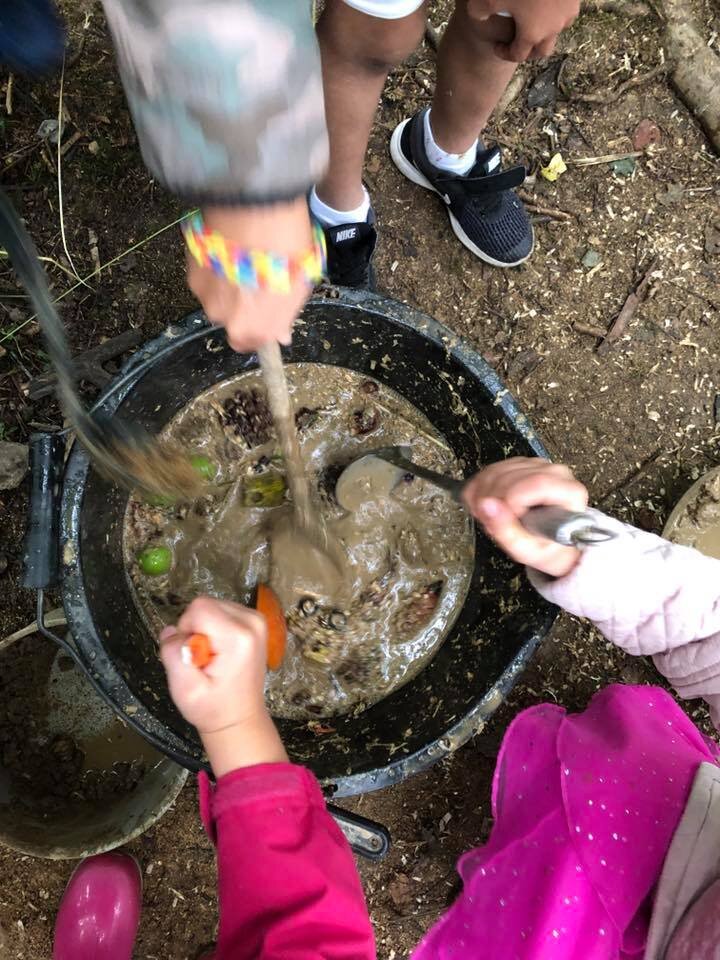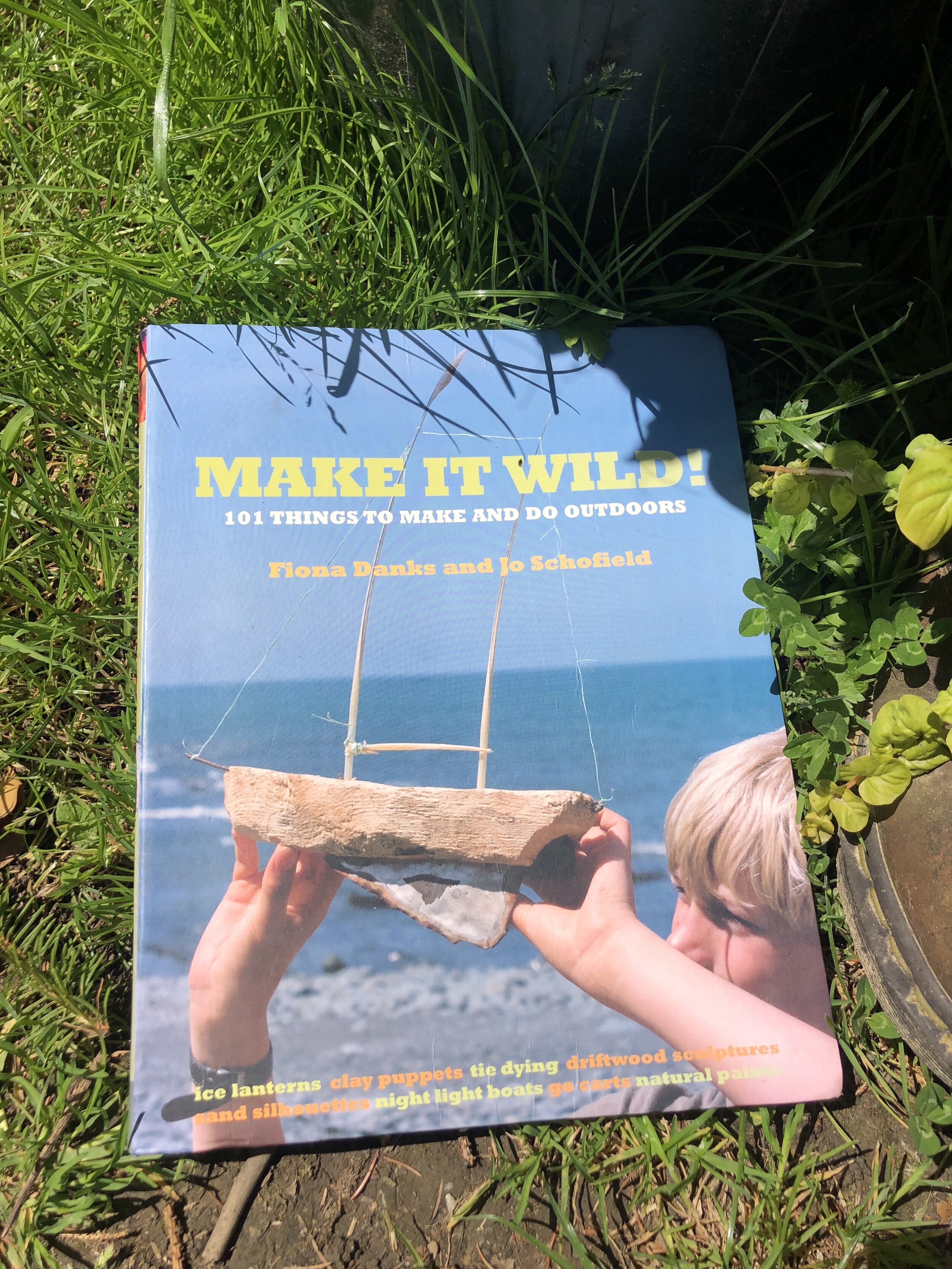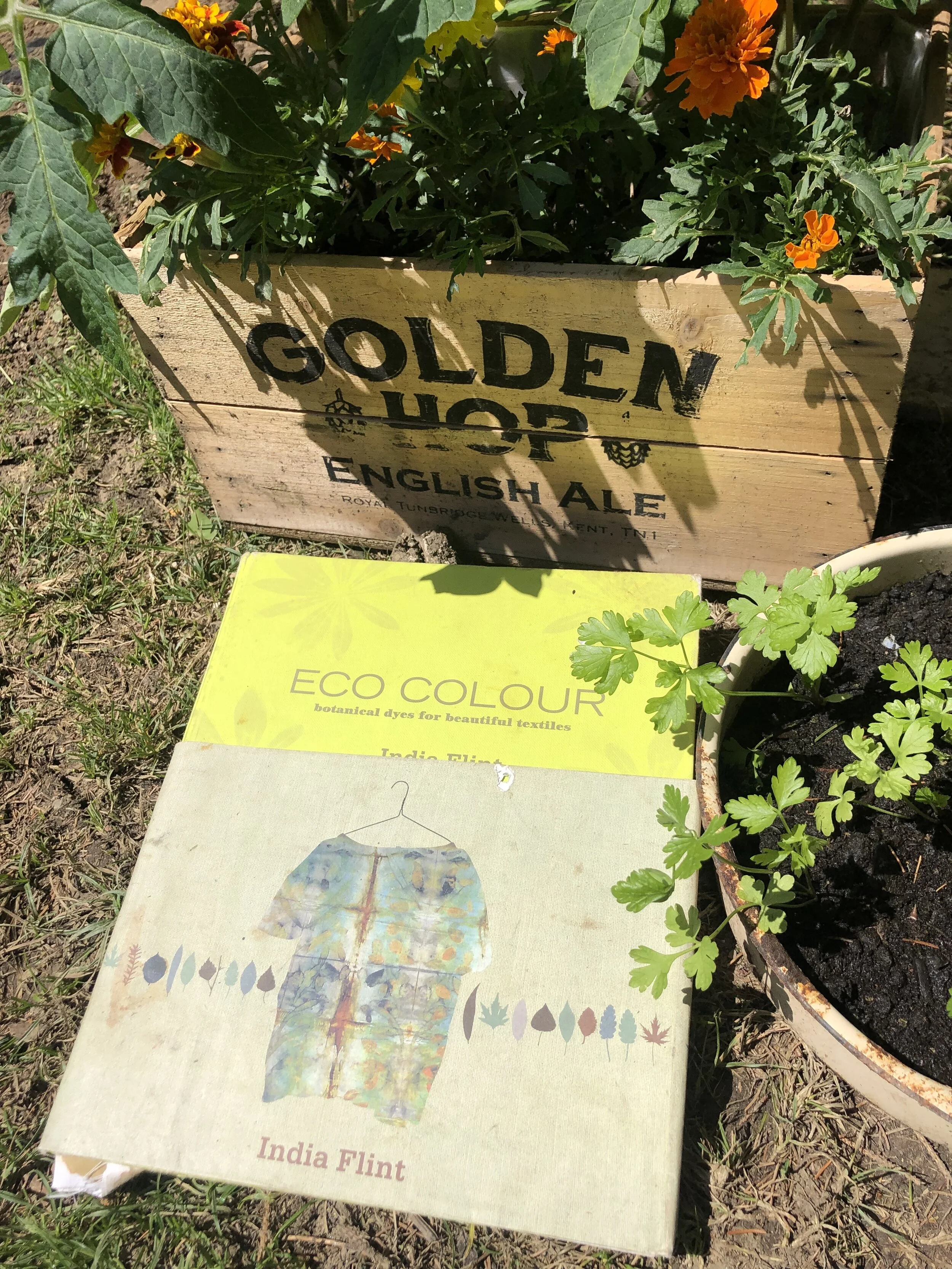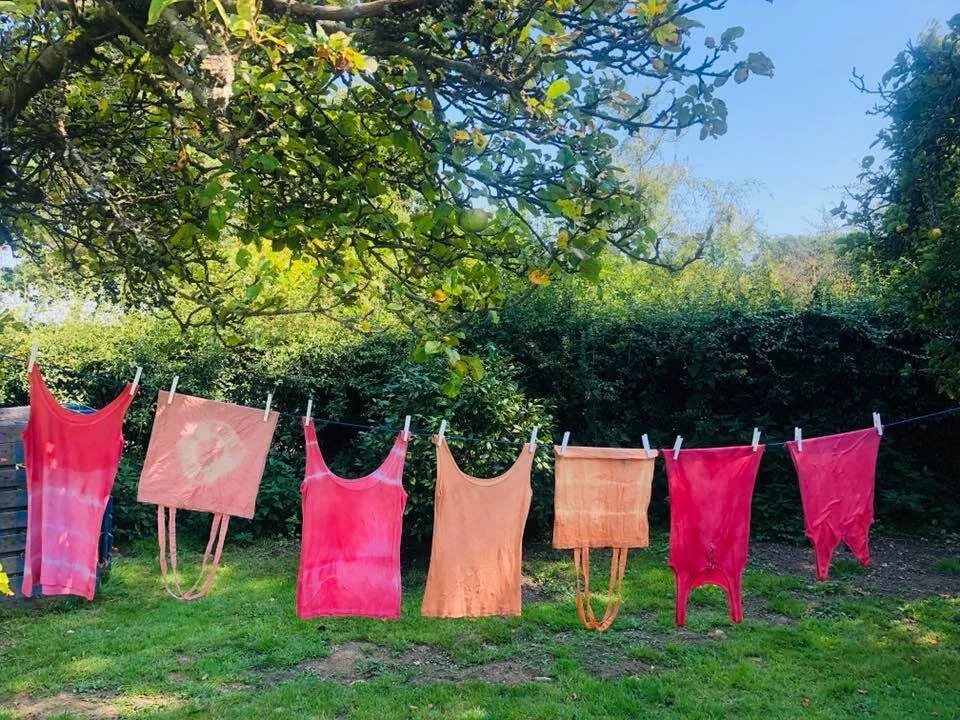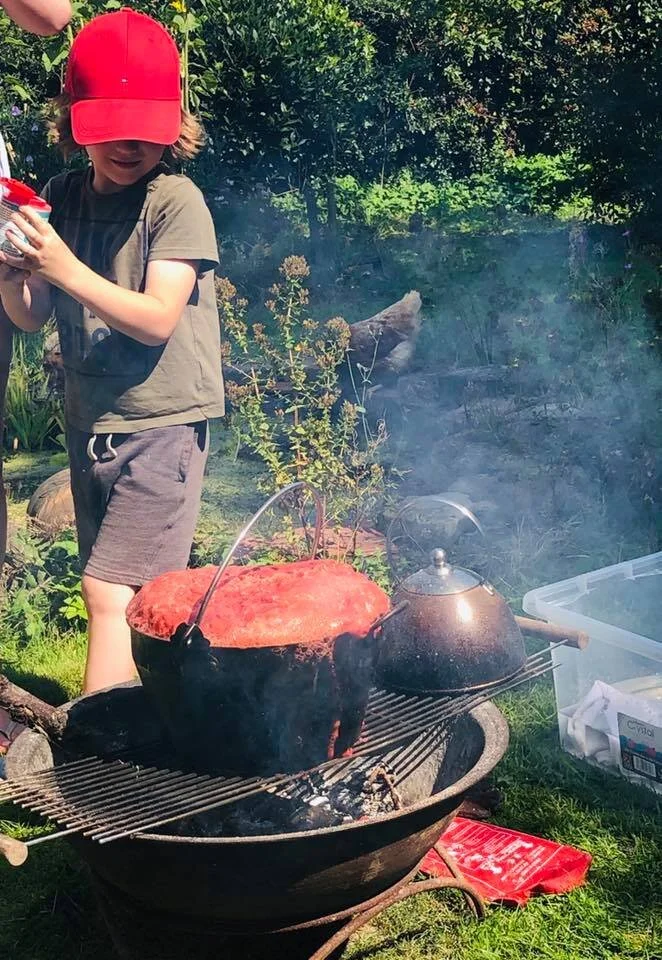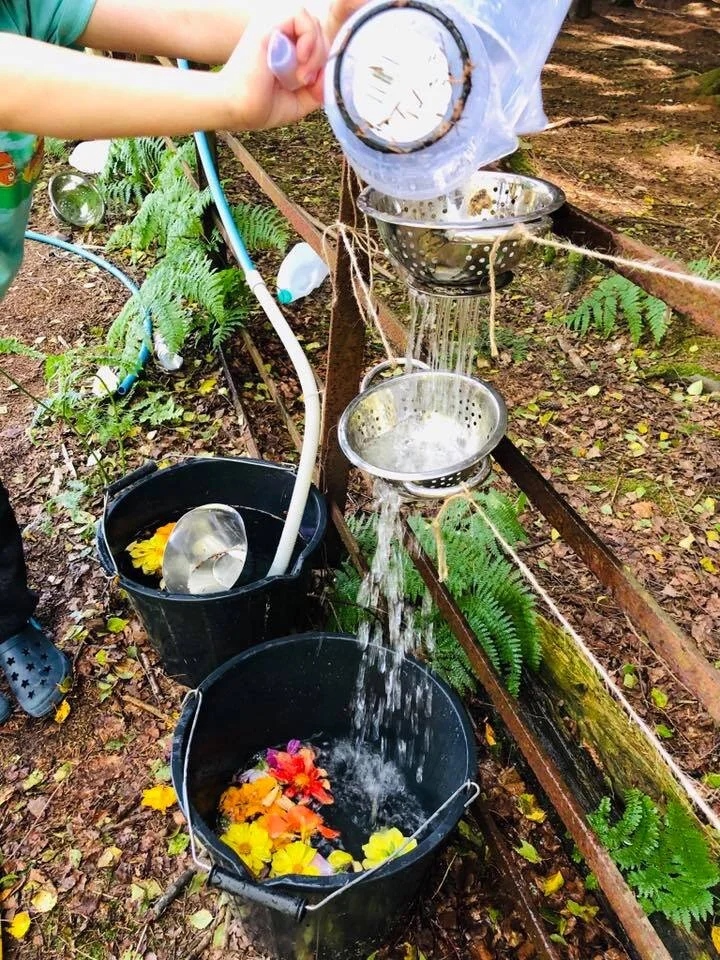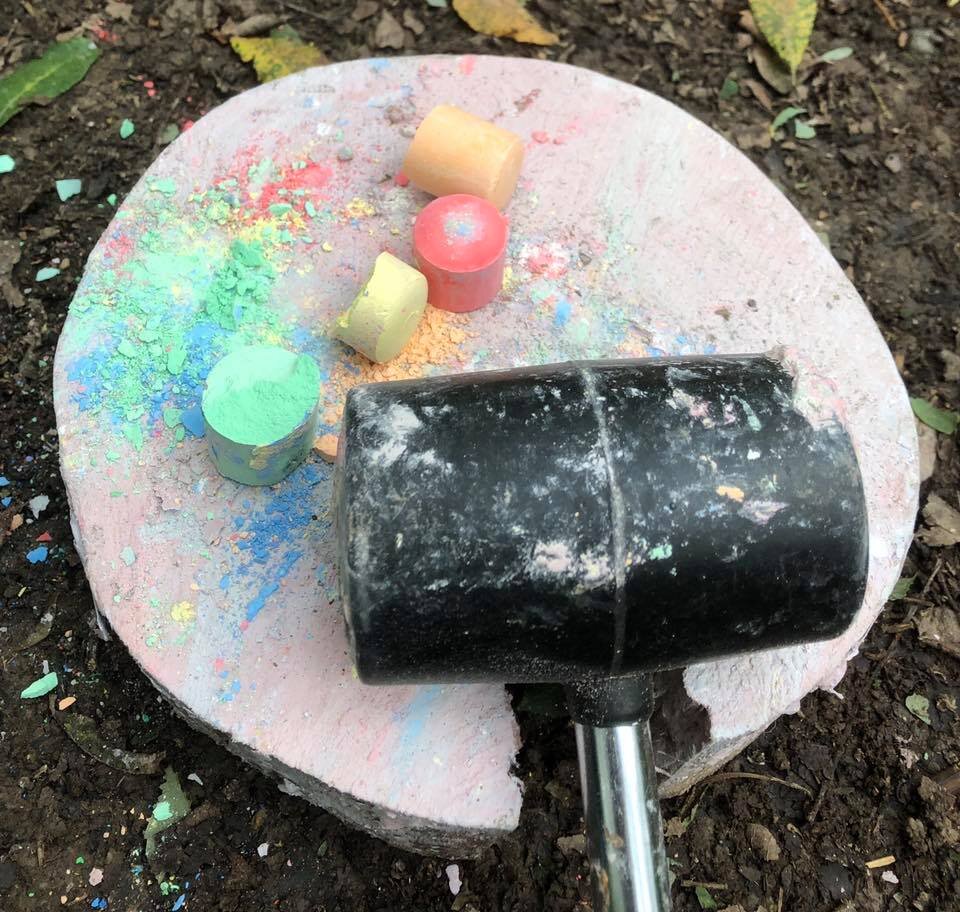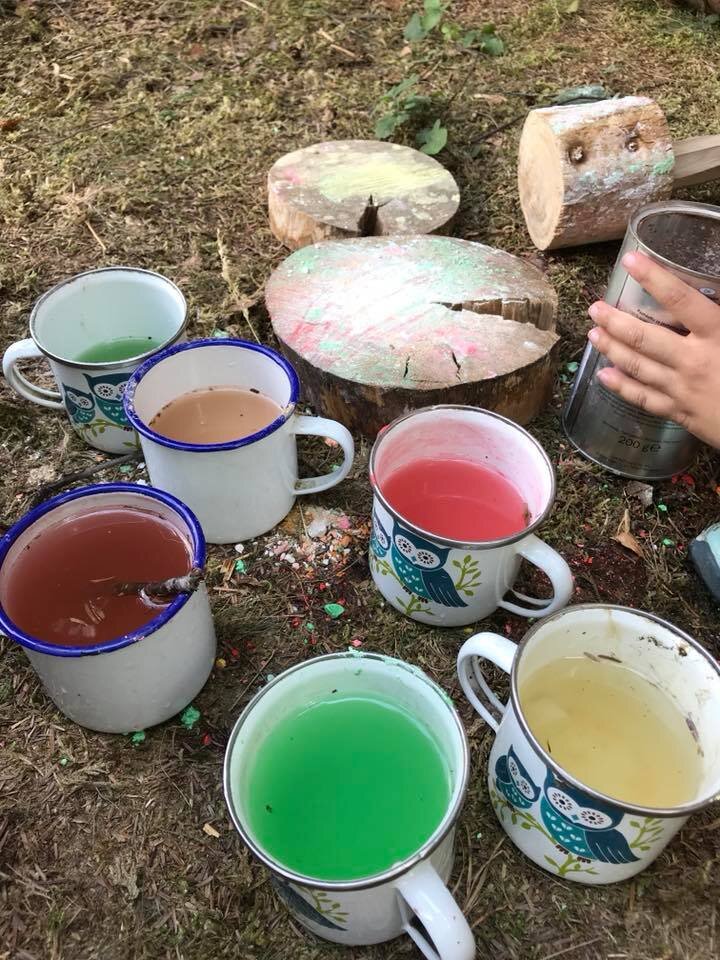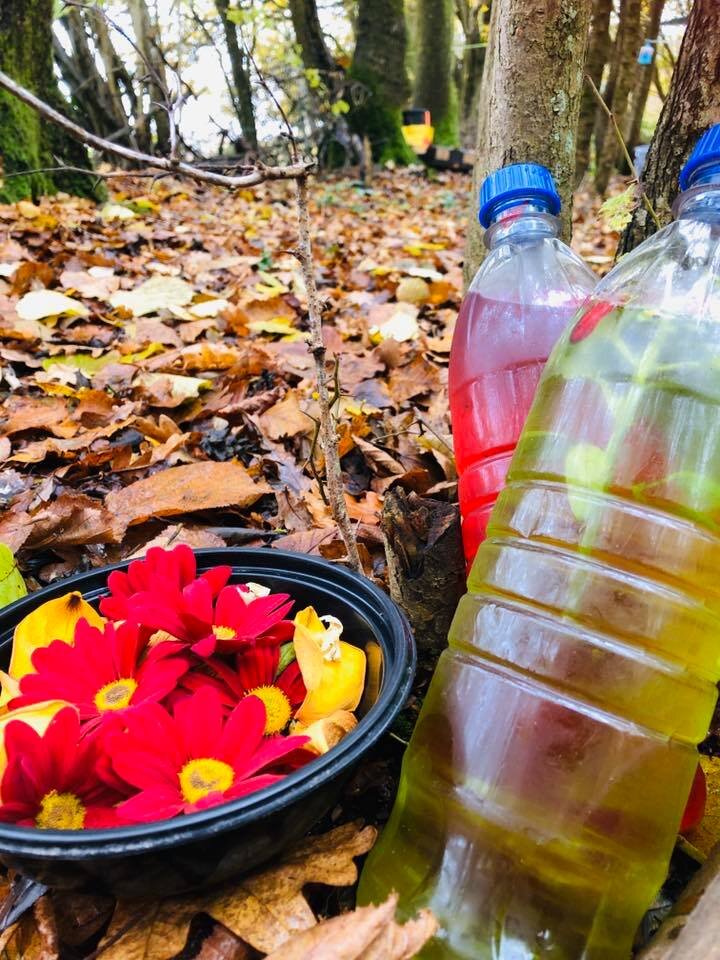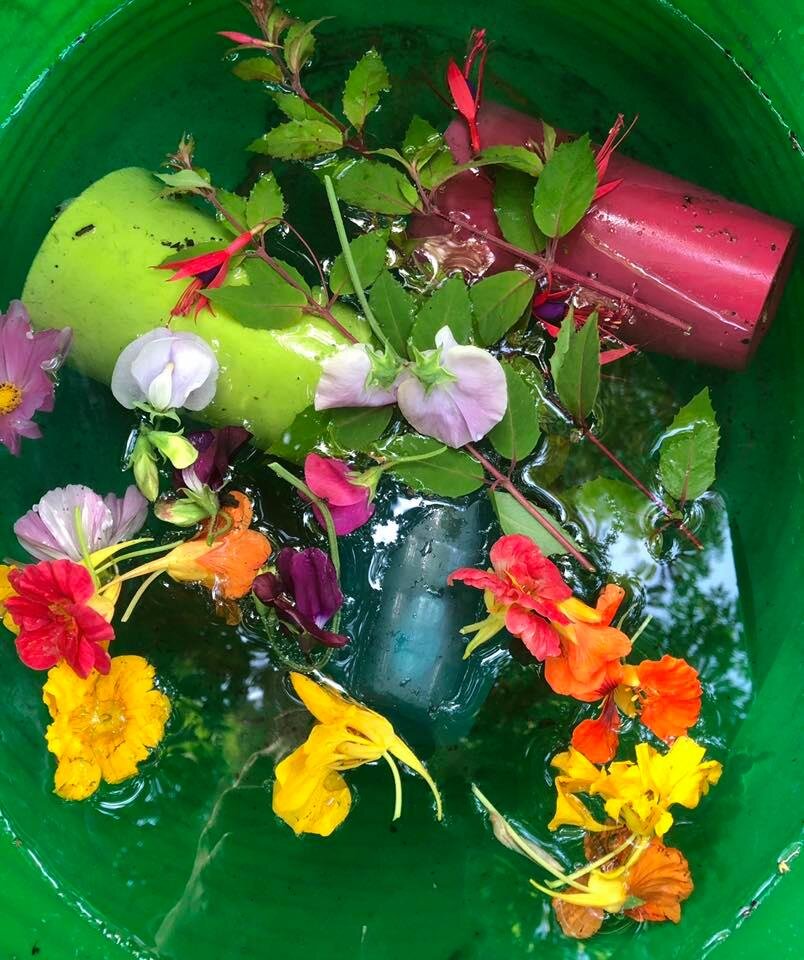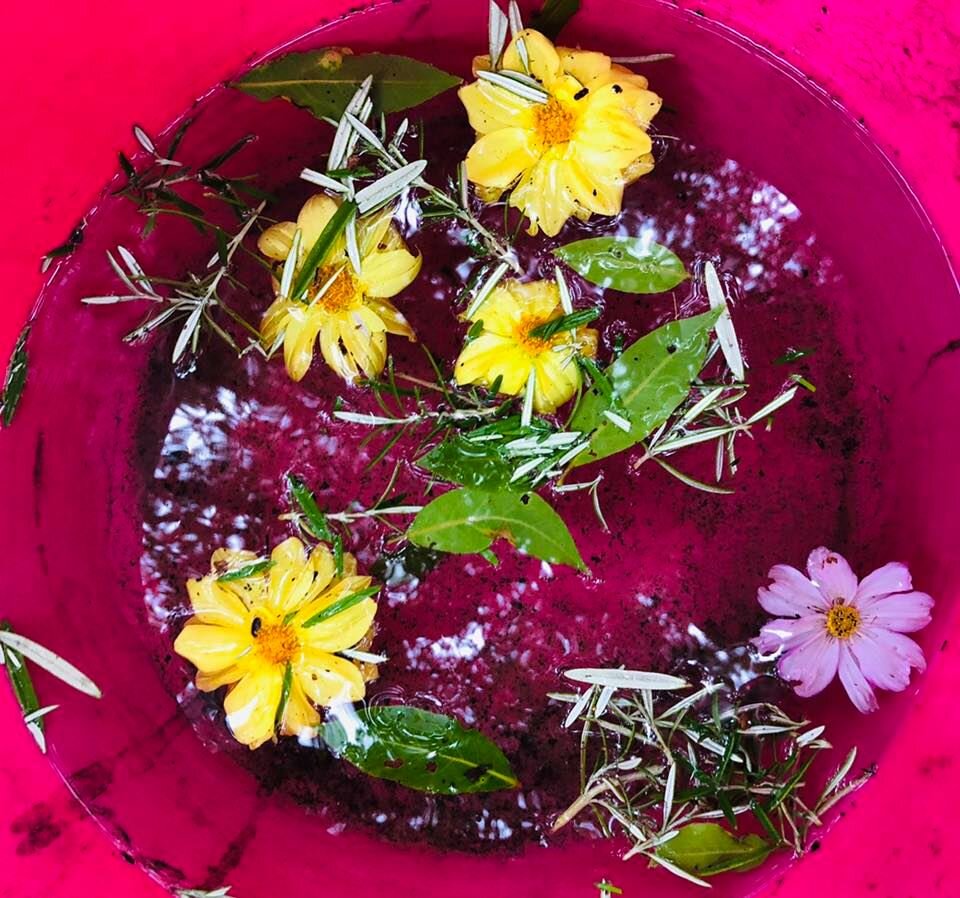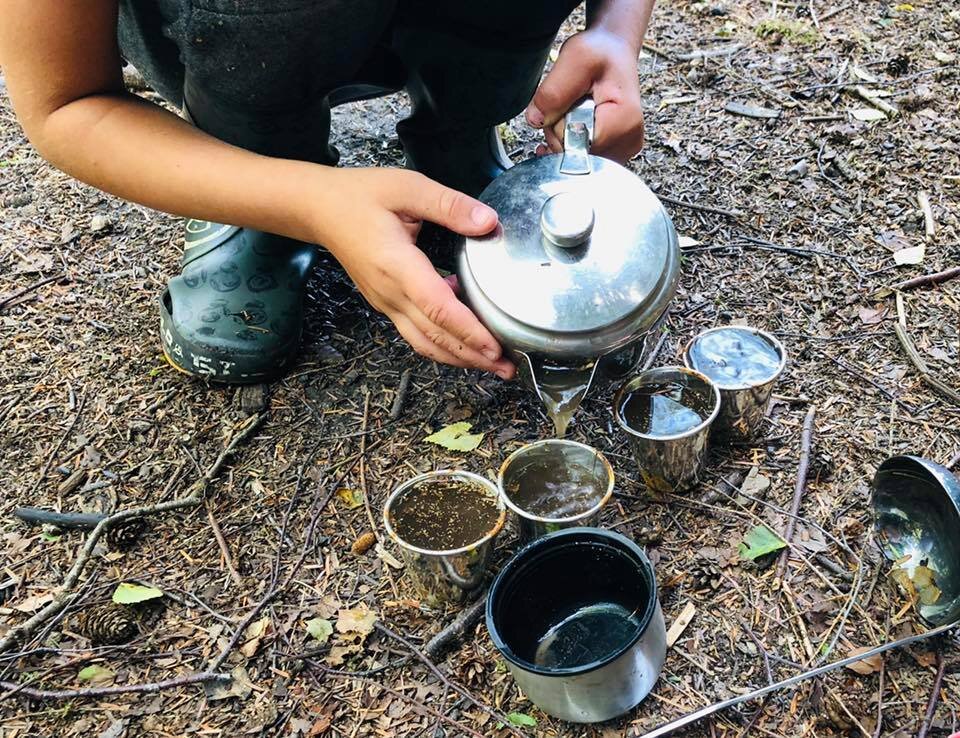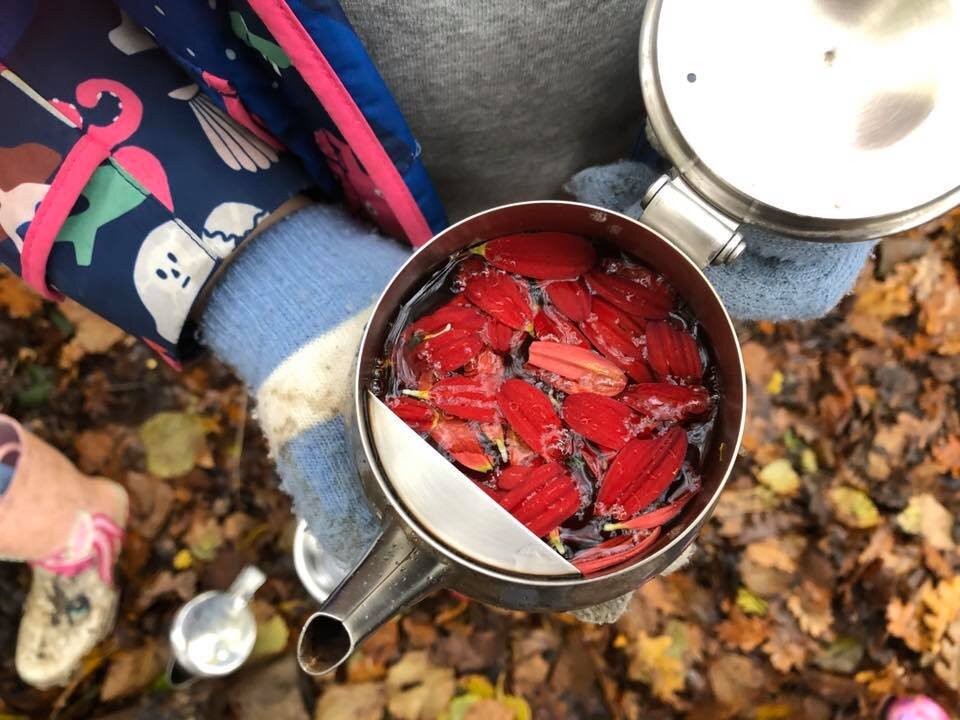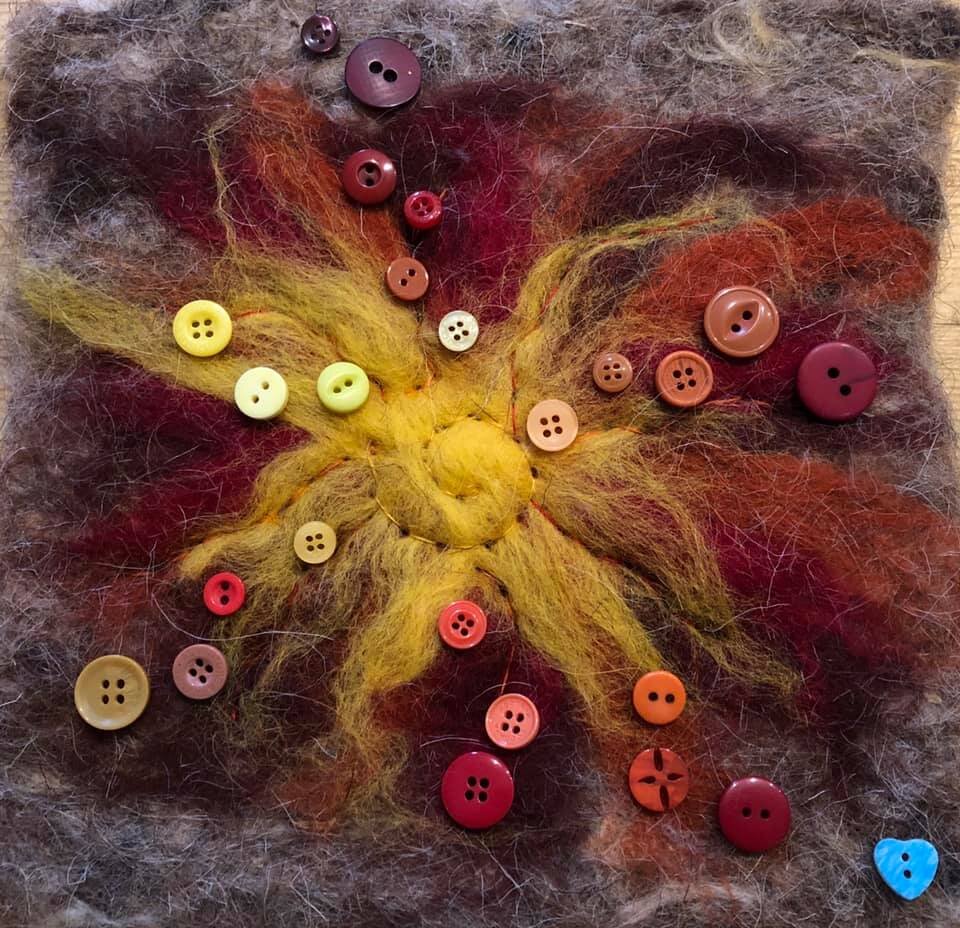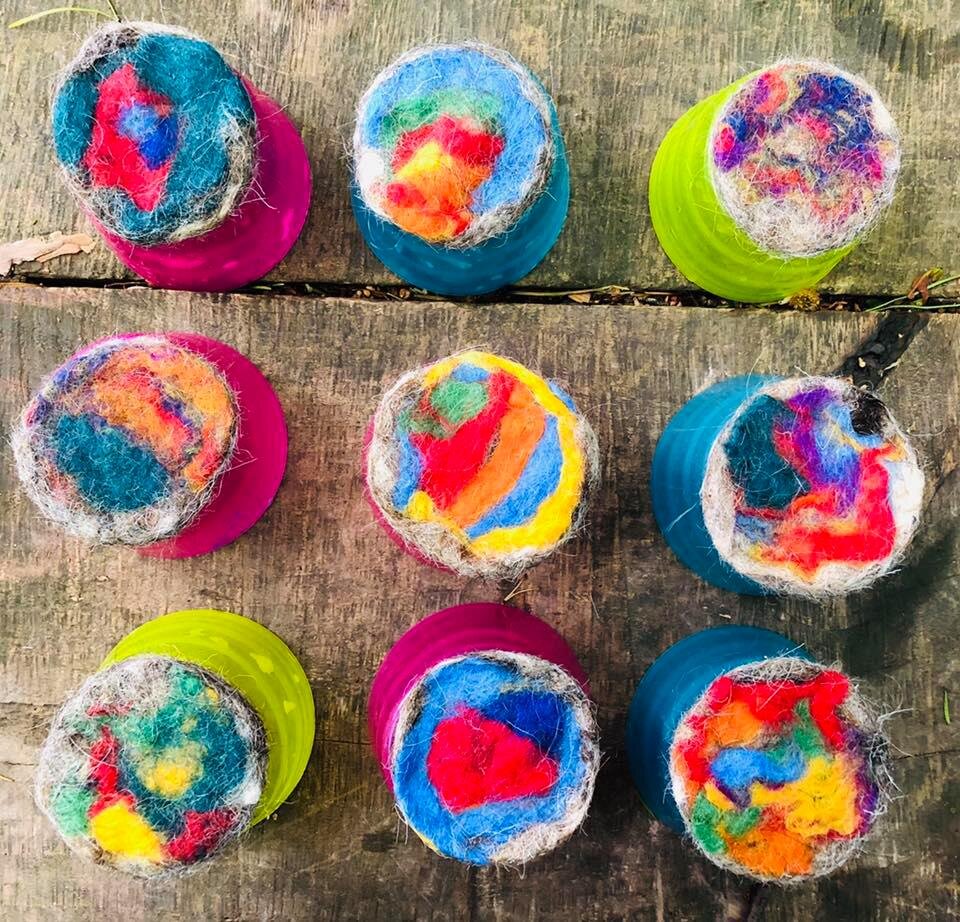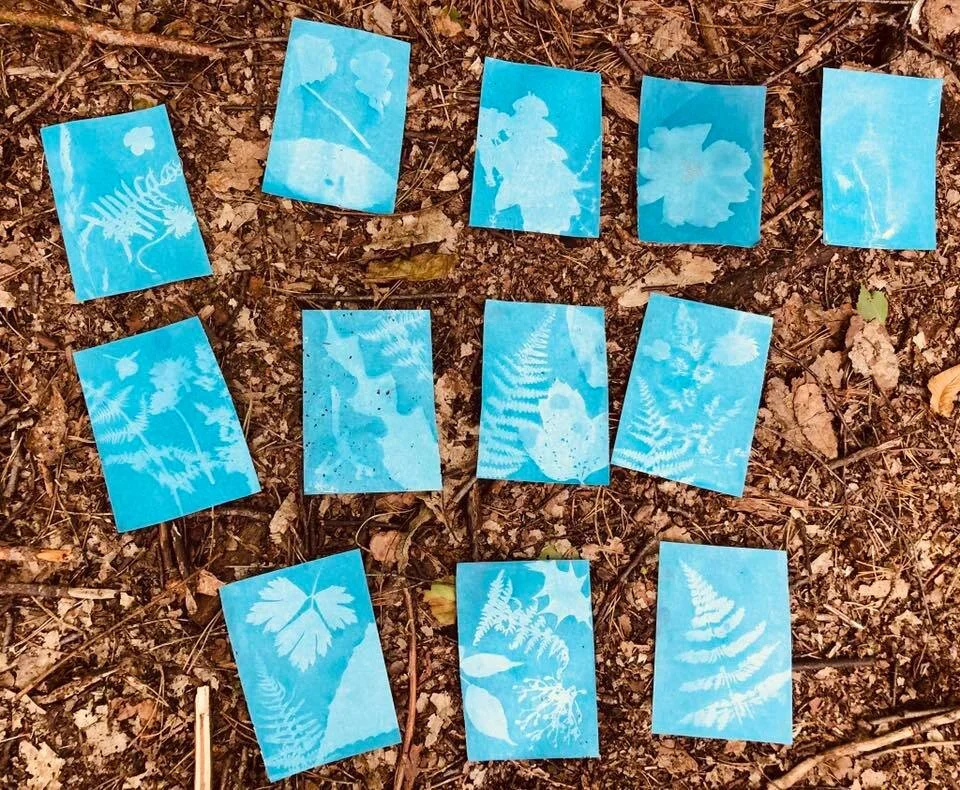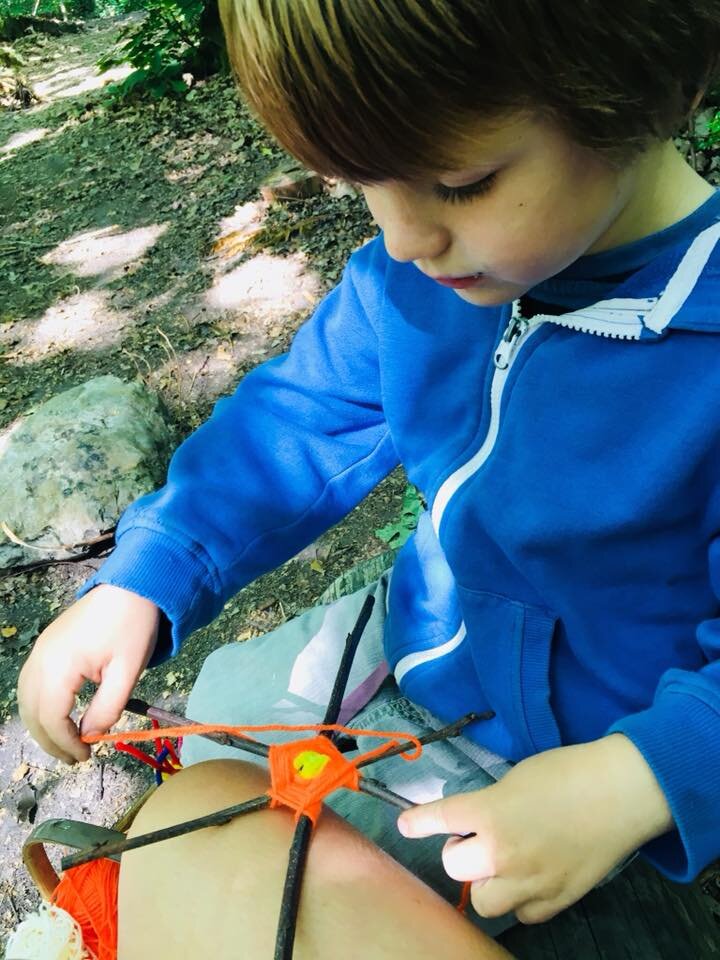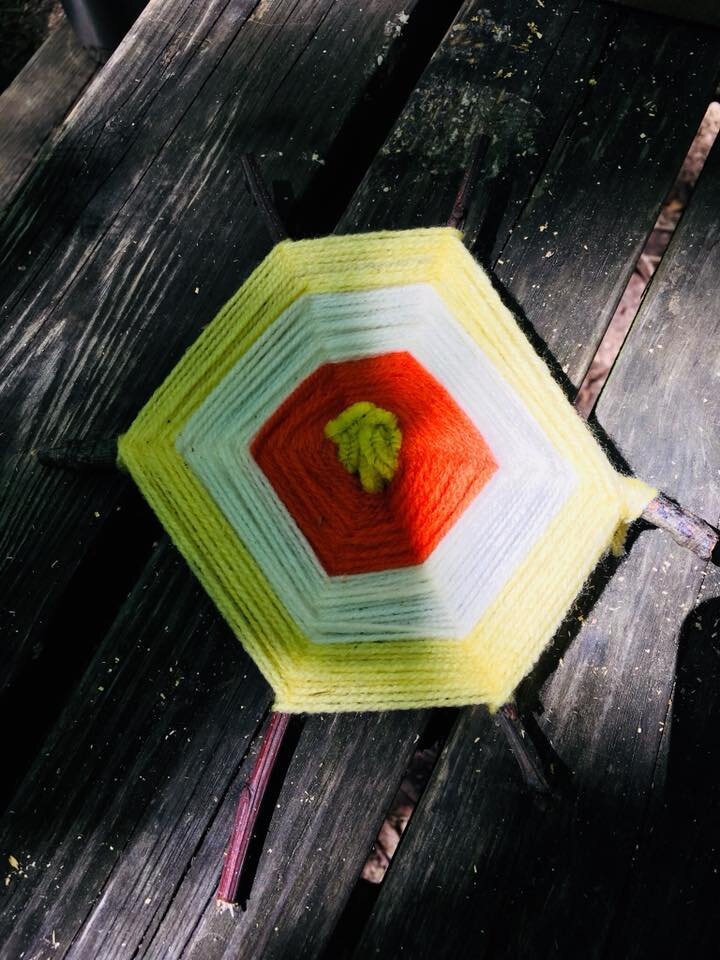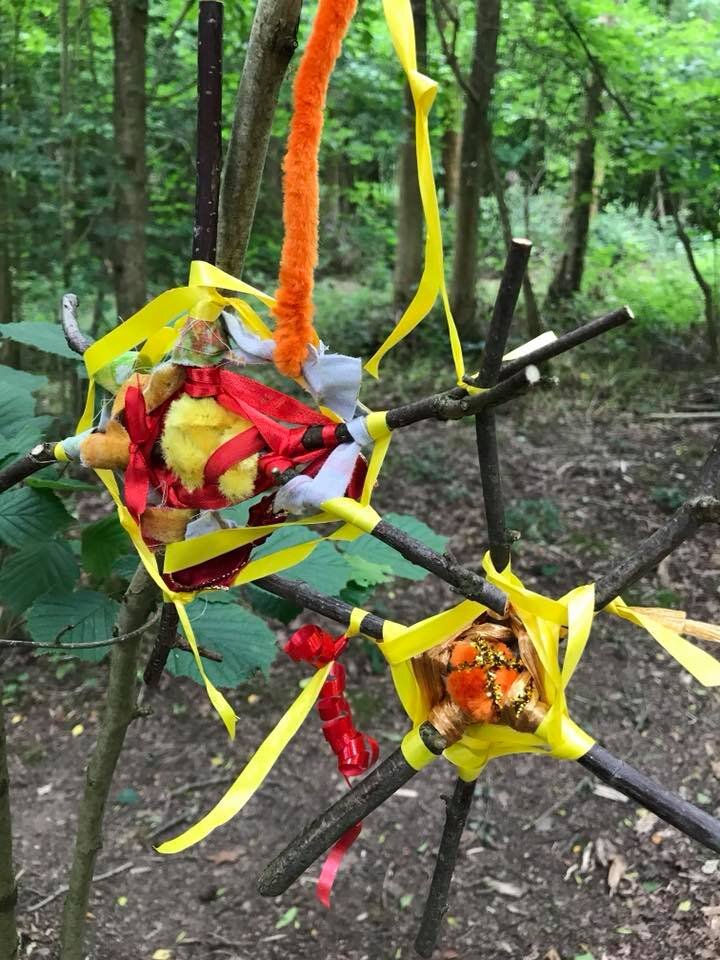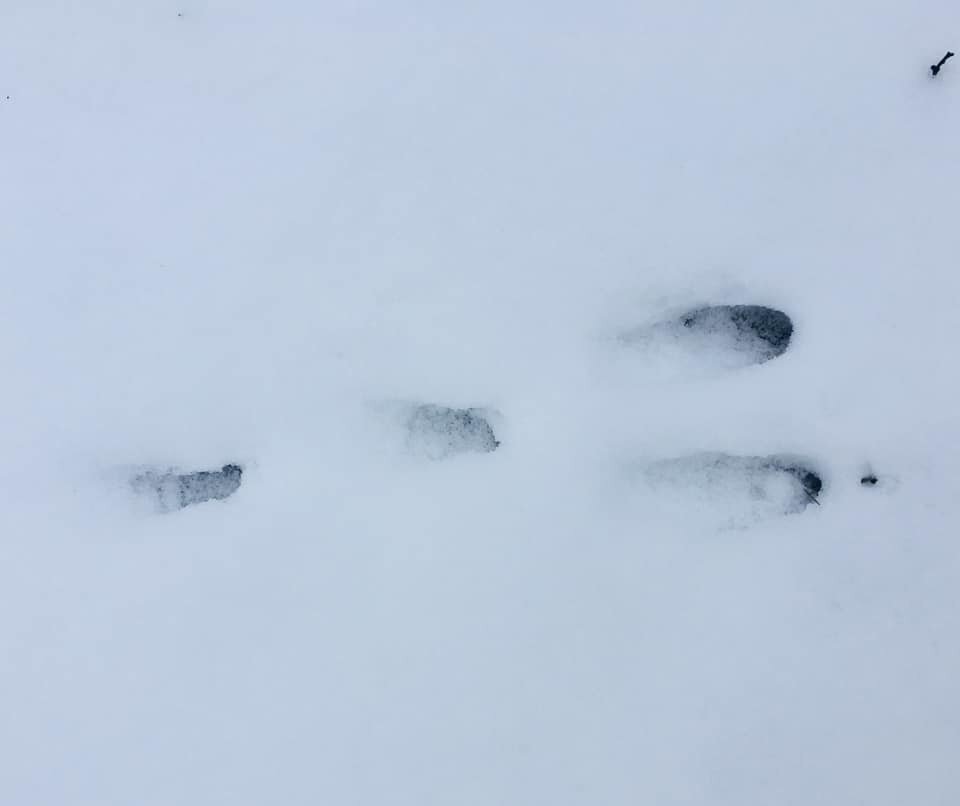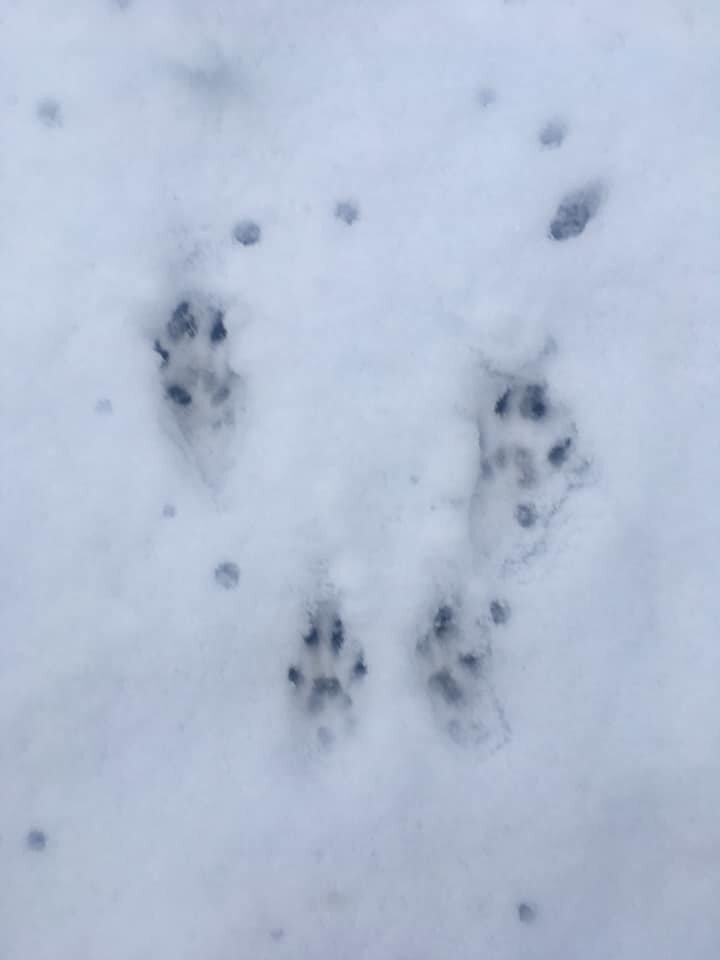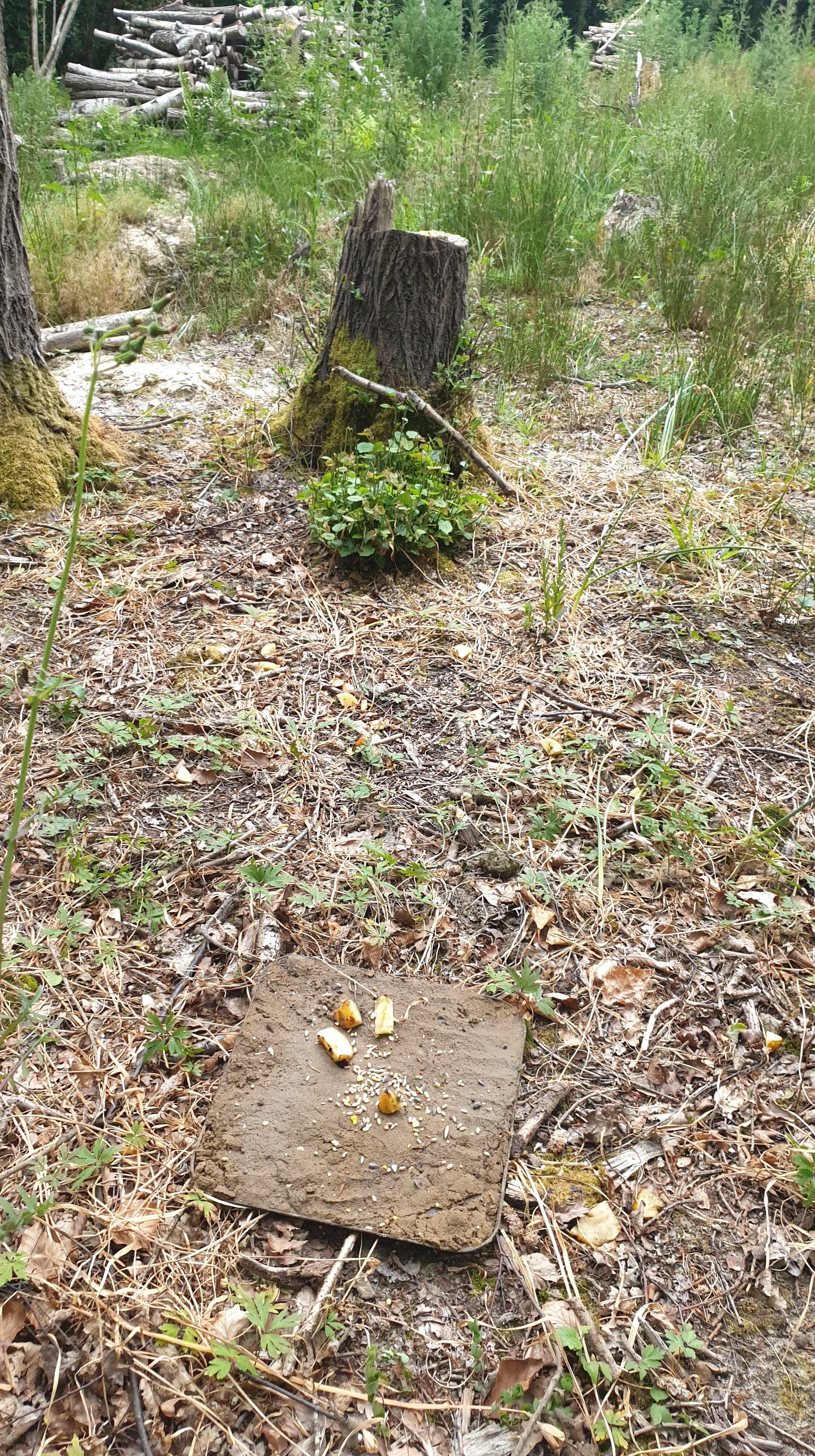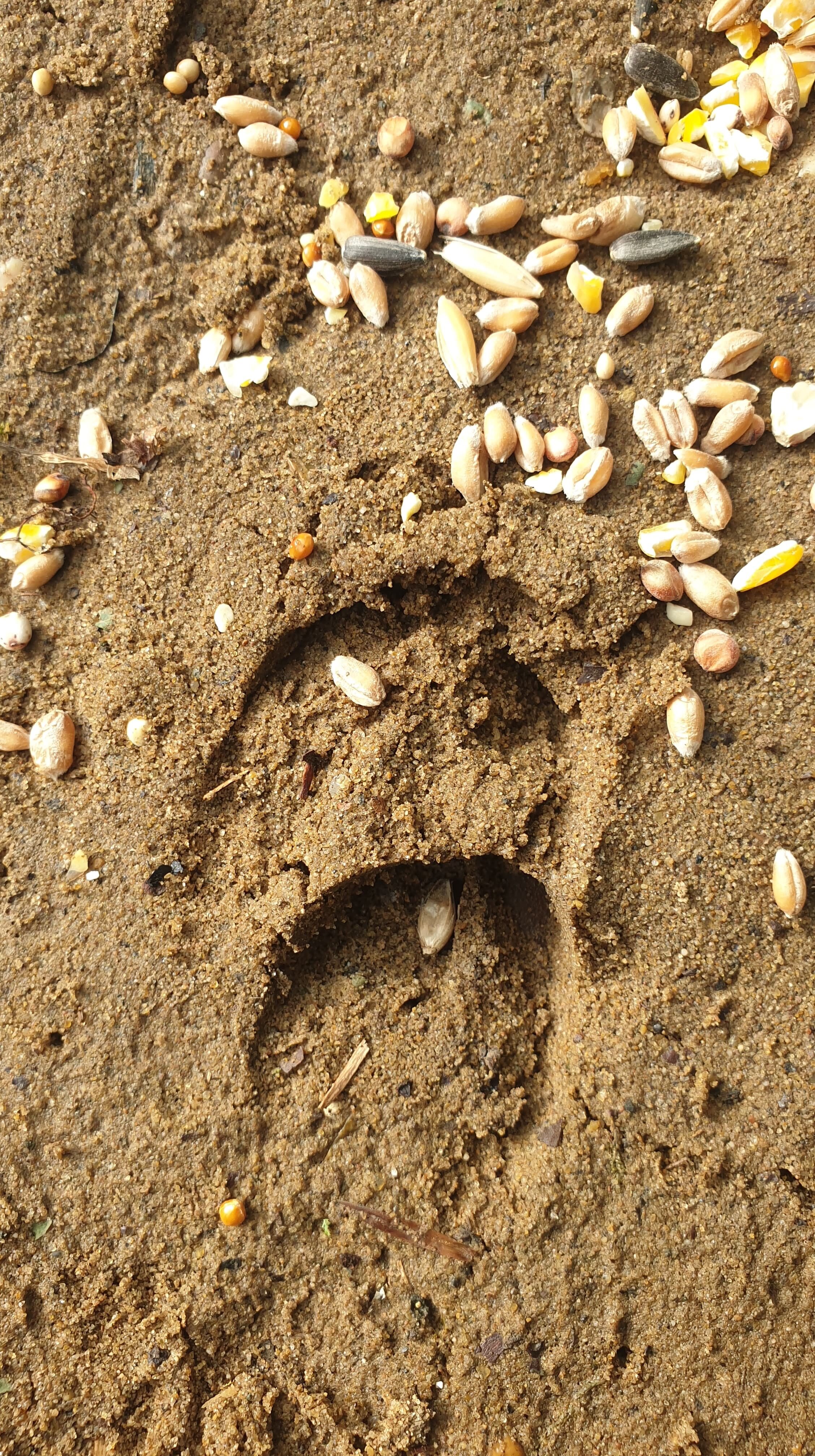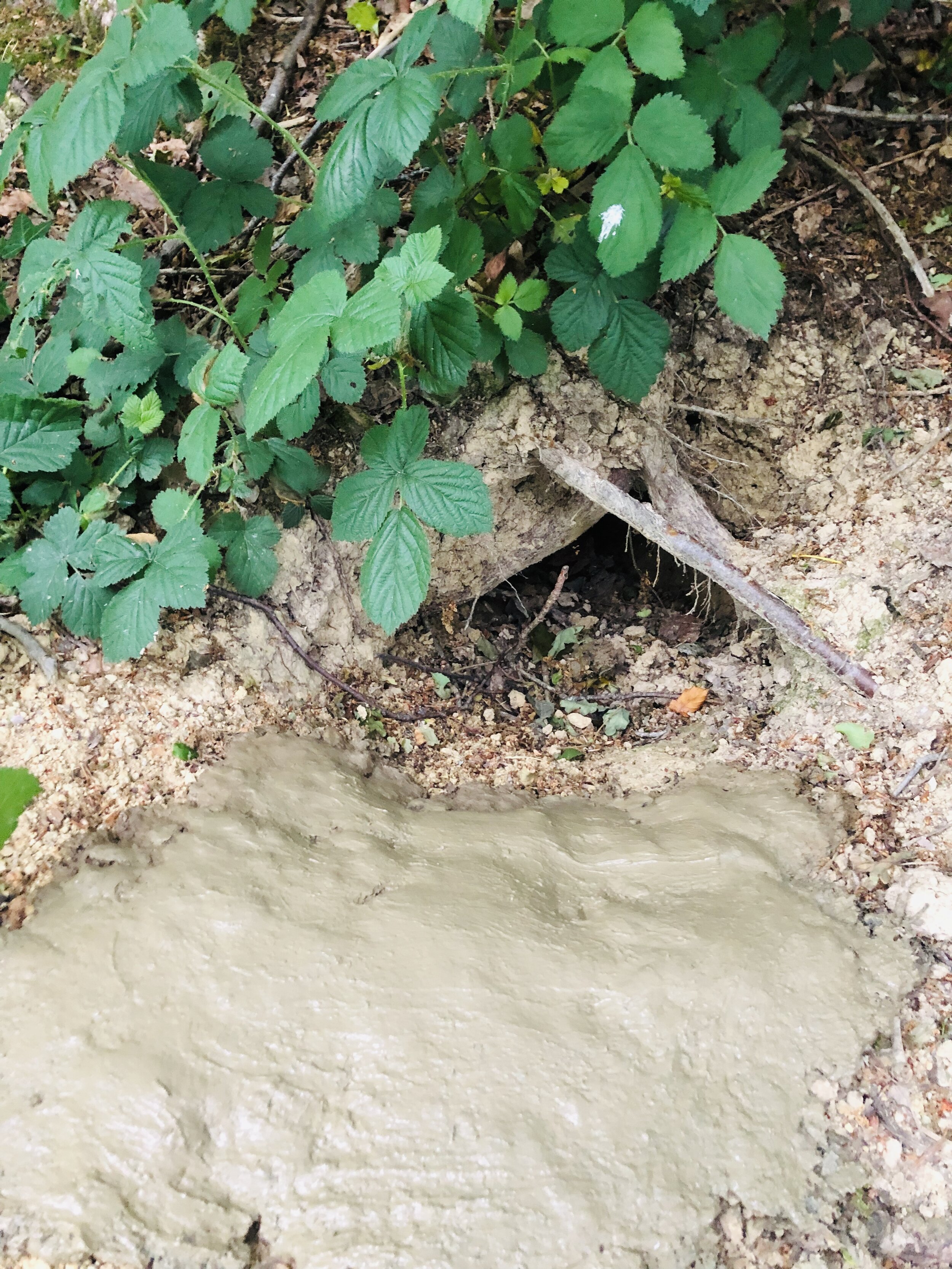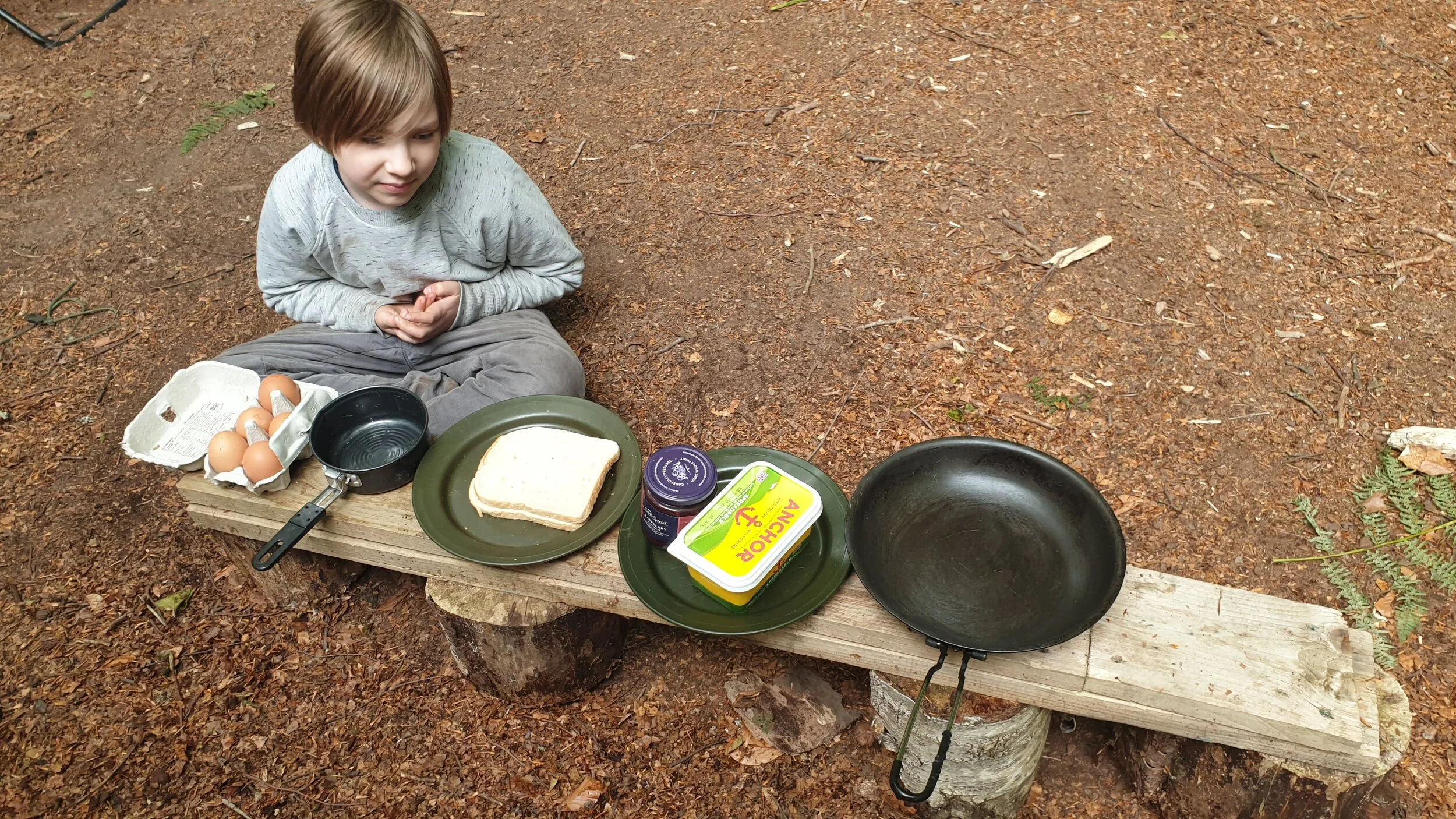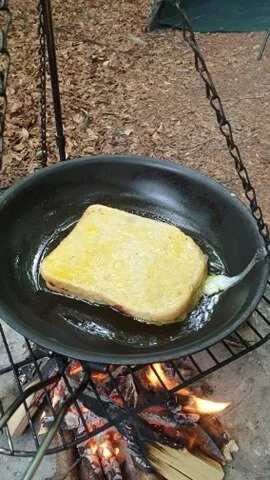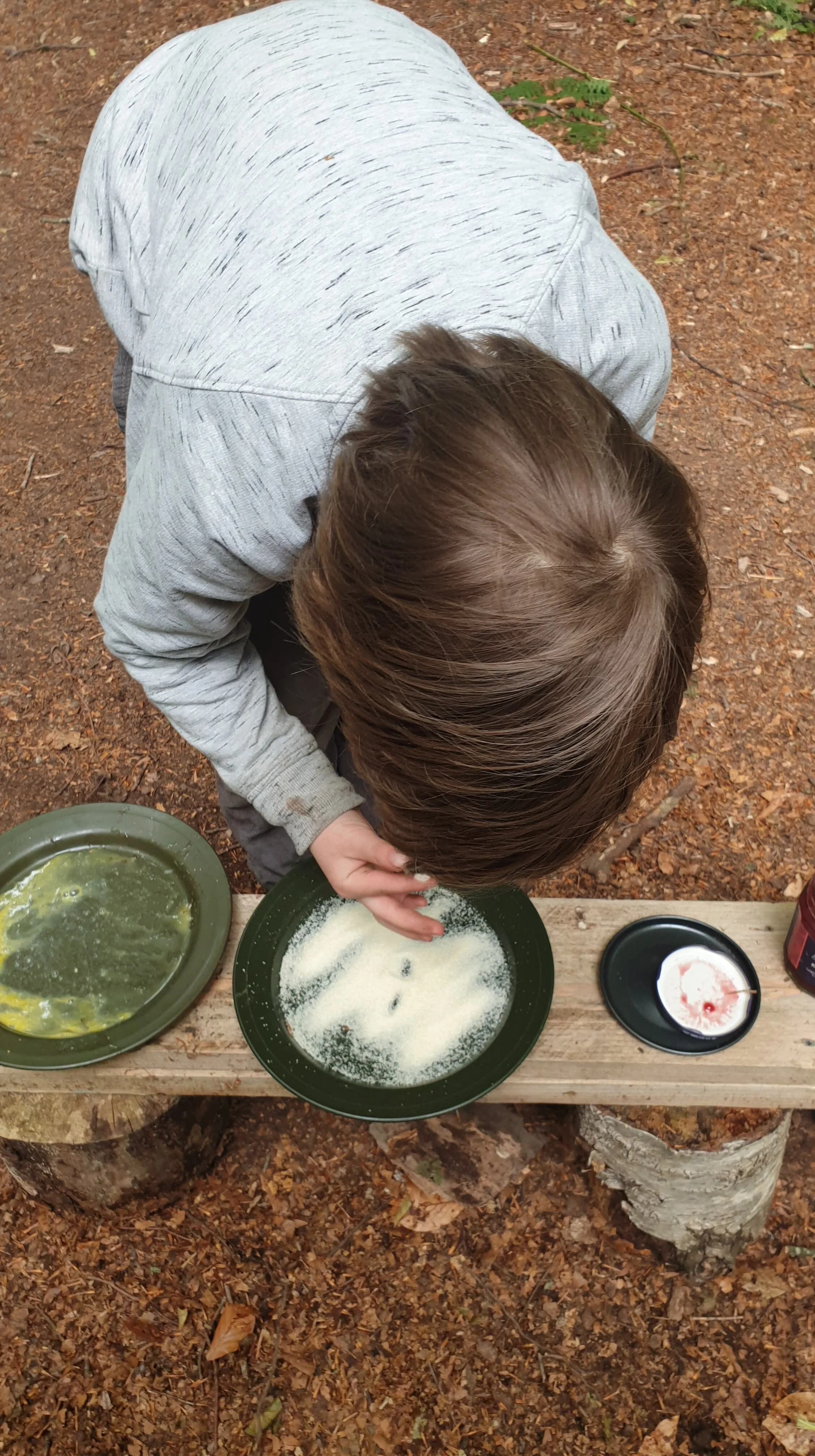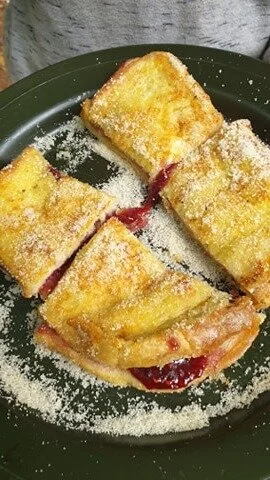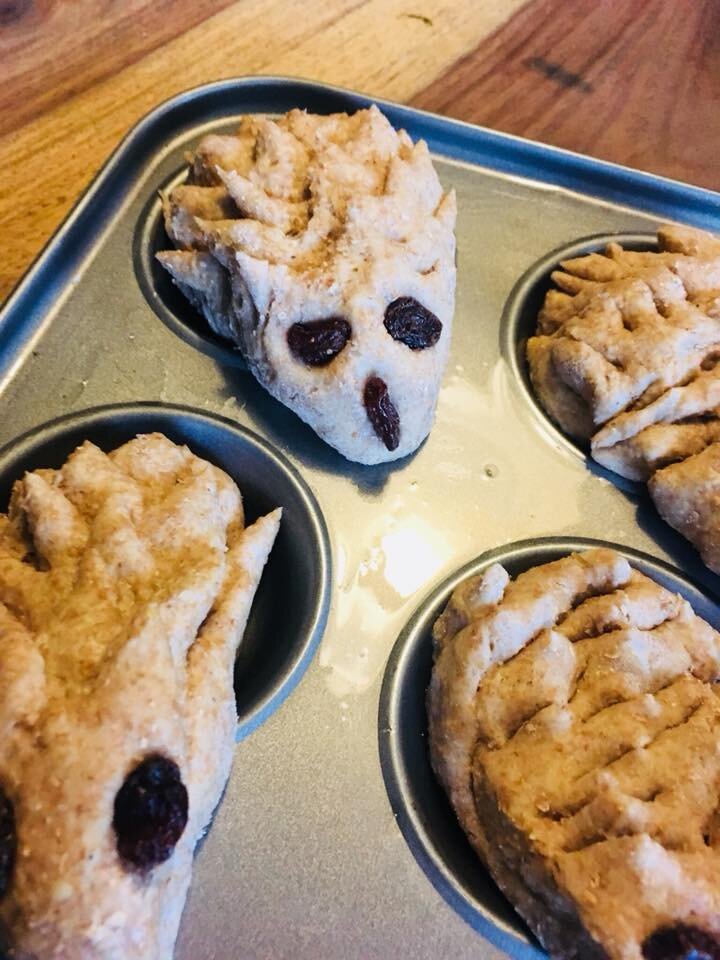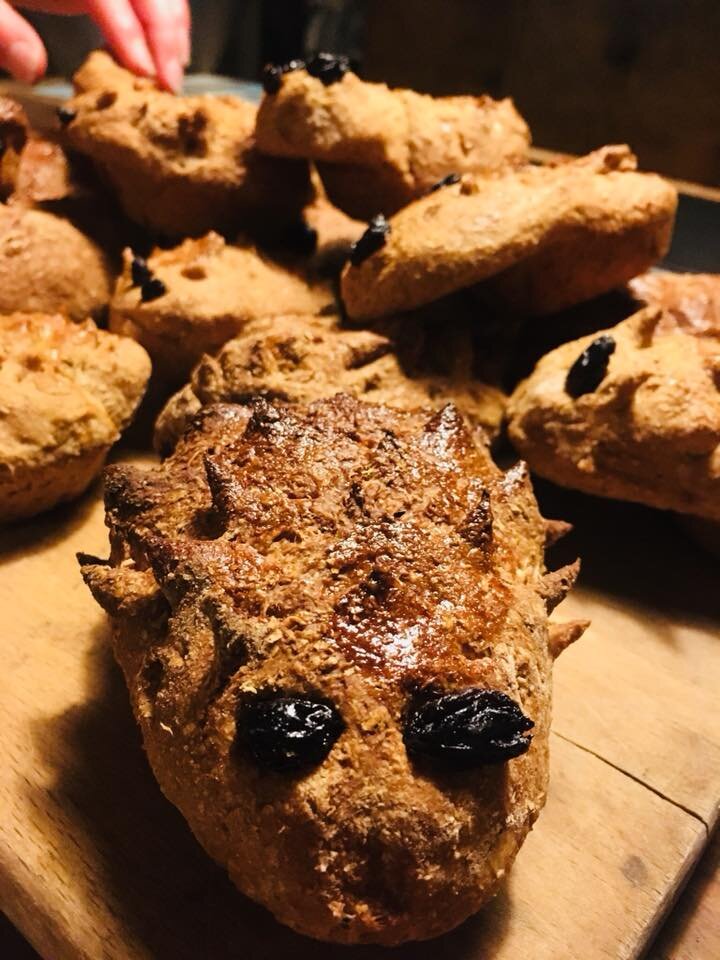Five things to do on an icy day
/By Mel Bellis
Waking up to a frosty, icy morning is admittedly not as exciting as waking up to a fresh fall of snow. However, it still is quite exciting. Overnight temperatures are set to fall as low as -3 in Sussex this weekend, so we thought it time to look back at some of the ice activities we have done in the past. Maybe this will inspire your family to embrace the cold mornings.
Ice sculptures
How about making some ephemeral art al la Andy Goldworthy? We foraged for ice in the garden and used it to create sculptures.
Ice Paintings
We also found that ice was fun to paint on. Our creations lasted a while before slowly melting away.
Ice cups or Lanterns
The process for making ice cups and lanterns is the same. You take a container and fill it with water. You take a smaller container and place it in the middle of the larger container. You may need to weight it with stones, but don’t let the second container touch the bottom of the first container. You can add petals or leaves to the water between the two containers for decoration.
:Leave the whole thing out overnight and (fingers crossed) the water should have frozen in the morning. Carefully remove the containers to reveal your ice cup or lantern.
In honesty it took us several attempts to create a cup that was perfectly water tight and could hold juice. However, we learned a lot in the process and our failed cups made very good lanterns!
Sun Catchers
To make a suncatcher you simply find a container and add some water. You can then add natural items such as leaves, petals, berries, or twigs. These will freeze in place and create a beautiful decoration. You can even add a string to the water to allow you to hang your suncatcher up when it has frozen.
Toffee Lollies
We found this activity in The Wild Weather Book, by Fiona Danks and Jo Schofield. In order to do this you need some slabs of ice. You might be able to forage for these, but if you are planning on eating the lollies its best to make ice using fresh water. You can do this by leaving a plastic box or washing up bowl filled with water out over night.
To make the toffee you take 400g of sugar and 100ml of water and heat until the sugar has dissolved. You then add 1 teaspoon of vinegar and 4 tablespoons of golden syrup. Bring the boil and simmer for 10 minutes. The mixture gets very hot so this is best done by a grown up.
When the toffee is ready it can be put in a jug and drizzled on the ice to make toffee. You can add a wooden stick or skewer while the toffee is setting.
If the mixture does not set immediately it means that it has not been simmered for long enough, It can be returned to the pain to simmer some more until it works.
We did taste our lollies and unless you have a seriously sweet tooth then I don’t think you would want to eat a whole one!
We did however, enjoy the process and they make great decorations poked in plant pots glistening in the Winter sunshine.

